|
A couple of times a year, I cycle, run or walk past the Château de Magrin. It stands on a mount above La Voie Romaine between Puylaurens and Lavaur in the department of the Tarn. Depending on my mode of locomotion, a number of thoughts cross my mind while I pass beneath its walls. 'La Voie Romaine is an old road, but there is no evidence to link it to the Romans in particular…What we can see of this château today mostly dates from the 16th century onwards, but the site was fortified as long ago as the 12th and maybe much earlier…Magrin contains the first and only museum in France dedicated to the blue dye called pastel, or woad, which made this region so rich in the 16th and 17th centuries...' What prompts me to write about Magrin today is an article I spotted recently in the local press. The Château de Magrin and its pastel museum are for sale for €527,000! Sotheby’s has the exclusive selling rights, and naturally the photos on its website are far better than mine. Sotheby’s text is less impressive, and the English version confuses cocoa with cocagne which is a shame because cocagnes are particularly important in this story.
My clearest memory from the time I went inside the château several years ago is a bush in its gardens. With a sense of irony, or perhaps to illustrate his guided tour, the previous owner planted an indigo tree. This was one of the key factors in pastel’s demise. Although dye made from indigo leaves could not match the glorious blues of pastel, it enjoyed overwhelming commercial advantages. Its cultivation was much simpler and therefore cheaper; its pigment was far easier for the dyers to work with; its transport was much more economic because it was a stronger, more concentrated product than pastel.
You will also find a long section about pastel in my book ‘Lauragais: Steeped in history, soaked in blood’.
Lauragais
0 Comments
I am standing at a crossroads. To my right lie the foundations of the Roman temple. To my left, the remains of what may be the oldest Christian basilica in Gaul. Dominating the skyline to the south is the cathedral of Saint-Bertrand-de-Comminges. The Roman baths, the forum and the market are all here too at this meeting or parting of the ways. Even better, there are no gates or ticket sellers. In this ancient city, you are free to wander through history as free as a Roman citizen. At around the same time, the first missionary-bishops arrived in western Gaul. One was called Saturninus, and he began seeking converts around 245 CE. Within five years, he had established the first Christian church in Toulouse and become its first martyr, being known as Saint Saturnin or Saint Sernin in French, San Sadurni or San Saturnino in Spanish, and Sant Serni in Catalan. Another 130 years passed until, in 380 CE, Christianity became the official religion throughout the Roman Empire. Many early Christian churches were incorporated into later constructions or disappeared in other ways, which makes the basilica at Lugdunum Convenarum an exception. Its story is helpful in imagining how the new religion may have spread. Midway between the forum and the theatre lived a rich family in a fine house with its own baths. Early in the 5th century, this family bequeathed some of its land to the new faith so that a church could be built. The most-Romanised citizens were often the first to convert to the new official religion, and donations were a means of winning favour from the new priests, the new god and the governing authorities. At first, the Basilica de Plan was a simple affair with a nave 20 metres long. A century later the nave was extended westwards and other features were added. After that, Lugdunum Convenarum became Comminges, and Comminges became a diocese and then a county. In 1083, Bertrand de L'Isle-Jourdain became its bishop, and on the hill above the Roman theatre he began work on a vast cathedral, using numerous blocks of stone pillaged from the ancient city.
These phases of religious evolution are easy to visualise if you pass through the cypress trees guarding the entrance to the ruined foundations of the Basilica de Plan, stroll up the ancient nave paved with green grass, peep over the wall at the chapel of Saint-Julien and glance skywards at the vast cathedral on a hill that was originally dedicated to the ancient god Lugus who gave his name to the Roman town.
The earliest mention of the Castle of the Vultures appears in a book written by Julian, Bishop of Toledo, sometime around the year 674 CE. He calls it Vulteraria, but now it is known as the Château d’Ultréra. Soon after the 1659 Treaty of the Pyrenees transferred sovereignty of the surrounding area from Spain to France, the castle was destroyed. Today, only hikers and rock climbers visit this rocky spur otherwise best suited to birds of prey. The ruins may be meagre, but the panorama encompasses the Canigou, the Roussillon plain, the Mediterranean coast and the desolate mini-mountains of the Albères. I too enjoyed these views, and I spotted the 13th-century Massane watchtower on an even higher summit to the east, but my main motivation was the story told in Julian of Toledo’s ancient book, The History of King Wamba, the last great king of the Visigoths. Few physical traces of the Visigoths have survived on the north side of the Pyrenees, even though they ruled most of the south of France throughout the 5th century, and all the land you can see from the Château d’Ultréra for two more centuries until the Moors arrived. Although the Romans built a tower on this site, most of what we can see today is thought to have Visigoth origins. It was captured by King Wamba in the second year of his reign. A reluctant Wamba ascended the throne in September 672. Visigoth kings were often chosen by the elite of the realm, and in Wamba’s case, the nobles had to threaten him with death if he did not accept the crown. This forced accession took place in north-western Spain in the town of Gérticos, but the municipality has since renamed itself Wamba. The new king’s reign started badly. Immediately, he was obliged to march north-east from Gérticos, or Wamba, to the western end of the Pyrenees to confront a revolt by the Vascons, or Basques. While there, he received more bad news, this time from the eastern extremity of his kingdom. The governor of Nîmes had rebelled and been joined by several bishops and nobles. Wamba duly dispatched one of his generals, Paulus, and a large contingent of troops to put down the eastern rebellion, but when Paulus reached Nîmes he switched sides and conspired to have himself declared king.
What awaits you at the top of the last few steps to the summit? The remains of a keep, a church, a gateway, various sections of defensive walls, and fine views. Wamba was more fortunate. He found much gold and silver in the castle, and he shared it among his troops. From the Castle of the Vultures, they marched north. With maritime support, Wamba and his army retook town after town from the rebels and pursued Paulus all the way to Nîmes where the rebellion was crushed in September 673 CE. Paulus was spared execution and probably died in prison some years later.
This is the true story of a writer’s good luck as he works on a book about the Pyrenees. The writer in question is, of course, me. As well as being popular with tourists, many people like Andorra so much, they never leave. The population has multiplied by 20 since 1920, and by nine since 1960. Of the 83,000 people who live there today, only 48% are Andorrans. Over a similar timeframe, nearly every other Pyrenean valley has suffered a spectacular population collapse. How Andorra has bucked this trend and developed so quickly was an obvious subject for my forthcoming book about the Pyrenees and how people have made themselves at home in the mountains for the last 500,000 years. After considerable research, both at my desk and in Andorra itself, I was rather pleased with my draft text for this section. But then a lady called Sophie Ferrier sent me an unexpected message about my first book, Lauragais: Steeped in History, Soaked in Blood.
Such a kind and encouraging message called for a swift response, and in the ensuing exchange, Sophie told me that her father, Hugh Garner, moved to Andorra in 1970 and stayed there for 40 years. For the last decade of his residency, he was Honorary British Consul. In case you don’t already know, the Gers is a rural department to the west of Toulouse, and I drove there last week to meet Hugh on his idyllic farm. During our wide-ranging fireside discussion, I learned that Hugh had been involved in the real estate business and the development of Andorran skiing, two activities which gave him a deep understanding of why people visit the country and why they settle there. As British Consul he knew almost all of the British residents, as well as many of Andorra’s politicians from the prime minister downwards. He also witnessed Andorra’s transformation from an almost medieval backwater to a vibrant and modern economy based on service industries. As a writer, you never know where you might find inspiration, or even information. I would never have expected to gain such an informed and fascinating perspective on Andorra by travelling to the Gers. As a result, I am now busily editing that section of my book. This is one of those occasions when extra work feels like extraordinarily good luck. Finally, a few words and photos extolling Andorra’s natural charms. The vast majority of Andorra remains much as it was before hydroelectricity arrived in the 1930s, or Hugh in the 1970s. And so it will remain, largely because of altitude, climate and topography. One of my favourite areas is a UNESCO World Heritage Site that occupies 9% of the entire country. Madriu-Perafita-Claror is the only Pyrenean valley to have attained this status, a landscape of stony peaks, lakes, forests and ancient pasture. Although this bucolic landscape begins exactly one kilometre south-east of the giant Illa Carlemany shopping centre, most visitors never see this side of Andorra.
Although I have often written about the gastronomy of southern France, particularly from a historical angle, I have never before devoted an entire article to a single restaurant because I do not purport to be a restaurant reviewer. But yesterday, my wife organised lunch in such an unusual eatery I have decided to make an exception. I enjoyed our lunch so much I thought it would be a good place to take Madame Taylor for dinner on her birthday. Unfortunately, I found that the 9th March is already fully booked. In fact, the first available date for dinner for two is 2 October 2024! For a restaurant that serves 350,000 customers a year, or nearly 1,000 meals every single day, this is an extraordinarily long wait. It also suggests that Les Grands Buffets in Narbonne is an extraordinary restaurant in more ways than one. This titan of Occitan gastronomy has been filling its tables since 1989 and it has become such an institution, it ranks as one of the leading tourist attractions in the area. As a comparison, the wonderful new museum about Roman Narbonne, Narbo Via, welcomed 67,000 visitors in 2022. Forewarned of the scale of this operation, I did not expect to find Les Grands Buffets hidden away in some quaint, historic corner of the old Roman city. But neither did I expect to find myself queueing in the foyer of a council-run leisure centre where other visitors were buying tickets for the ice-skating rink, the bowling alley or the aquatic centre. In between these ticket counters is a statue of Silenus, a companion of the Greek god of wine, Dionysus. A flight of steps leads towards dark wood and glass doors that give the entrance an almost oriental feel. Just inside, an old weighing machine from Paris offers the health-conscious the possibility of weighing themselves in and weighing themselves out (during lunch, I put on three kilograms, or about 7 pounds). Inside, the dining space is divided into several areas, including an outside terrace for summer, all decorated with original sculptures and other works of art. Inevitably, the tables are close together, but transparent screens provide privacy and the ambient noise is unexpectedly muted. These features add to the experience, but most customers obviously come here for the food. Which leads to the question, what attracts so many gourmets to Les Grands Buffets? Is it the cheese? With 111 different varieties on offer, the restaurant holds the Guinness World Record for the largest cheeseboard, and diners munch their way through 500 kilograms a day. Or perhaps the main attraction is the seafood, or maybe the roast meats and cured hams, the panoply of desserts or the old-fashioned ice-cream palace. All this is spread out over several different areas with some hot items being cooked to order in front of you (my omelette aux cèpes, for example). The wine list deserves a special mention because you are unlikely to find such good wine at such good prices anywhere else. The restaurant claims that its wines are sold at the same price you would pay if you bought them direct from the vineyard, a claim that I was able to verify online for a random selection of bottles. Apart from champagne, they all come from south-west France, 70 are available by the glass and organic wines are well-represented. The price for lunch or dinner is €57.90, children aged 6 to 10 eat half price and those under 6 dine free. If you are tempted by lunch rather than dinner, you will not have to wait until October for a table – often a couple of weeks at most. But the restaurant’s popularity and long waiting lists has provided other restaurateurs with an opportunity. La Table d’Oc in Villeneuve-Lès-Maguelone opened its doors in 2017 and seats 200. More recently, November 2023 saw the opening of Saveurs Gourmandes in Albi which, with 450 covers, is almost as large as its competitor in Narbonne. Both these big buffet alternatives are considerably cheaper than the original, but I have yet to test their quality. Note that in Albi, if your eyes are bigger than your stomach, your bill may inflate considerably: each time you fill your plate and don’t finish it, you will be charged an extra €5. And finally, a word about regional politics, not usually a subject associated with a single restaurant, but then not many restaurants employ 130 full-time staff and claim to be the largest in France. Two years ago, Les Grands Buffets shocked Narbonne by announcing it would relocate to a neighbouring town such as Béziers, Carcassonne or Perpignan. The main reason was dissatisfaction with the maintenance of the premises which, as you will have gathered from the start of this article, is part of a complex owned by the municipality. And the exterior of the building and the foyer is clearly out of keeping with the experience which awaits the diner once he or she has passed the swimmers and ice-skaters and vending machines and entered the restaurant. A change of mayor in Narbonne town hall may lead to a change of heart. In early February 2024, the regional press reported that the mairie of Narbonne has come up with a new proposition: it intends to redevelop Narbonne’s Parc des Expositions, including a luxury hotel and a casino. Why not relocate Les Grands Buffets to the same site?
An old friend of mine from Paris came to visit me in the south of France, expecting sunshine. Instead, Tony was greeted by a rain-soaked sky, so I suggested we abandon thoughts of climbing a mountain and visit the Dom Robert tapestry museum instead. His eyes glazed over, but I dragged him off to Sorèze and hoped the artistic monk would be able to weave his magic.
Dom Robert’s work was inspired by nature in general and the Montagne Noire in particular. Although Sorèze hosts his museum, he spent most of his time in another abbey eight kilometres to the north-east. En Calcat is where he began as a novice monk in 1930, En Calcat is where he died 60 years later, and En Calcat is where a 12-kilometre walk begins. Signposted as ‘Dans les Pas de Dom Robert’, or ‘In the Footsteps of Dom Robert’, this country hike takes you into the Montagne Noire via 11 viewpoints associated with the artist’s work. Other highlights of the walk include: the church in Massaguel where you can admire the only mural painted by Dom Robert, the picturesque mountain chapel known as La Capelette de Saint-Ferréol, the old slate quarries of Dourgne and the nuns’ Abbey of Saint-Scholastique.
Small but challenging By Pyrenean standards, La Rhune is a modest mountain, but from its summit at 900 metres above sea-level, visitors can admire a 360-degree panorama. To the north-west, Biarritz and Saint-Jean-de-Luz on the Atlantic coast. To the south-west, Spain and the Bidasoa valley. To the east, the higher peaks of the Pyrenees. Climbing La Rhune is harder than many people expect. An ascent by any path involves a vertical height gain of over 700 metres, and proximity to the ocean can bring in thick wet clouds at a moment’s notice. Every year, the gendarmes and their helicopter rescue hikers who are lost, exhausted, injured and often ill-equipped. Meanwhile, 300,000 other visitors take a much easier way to the top, as we will discover. Legends and history of La Rhune Like many misty mountains, La Rhune has its legends. On its middle slopes, it also has more than its fair share of menhirs, cromlechs and dolmens from Neolithic times. Nearby, a star-shaped fort and other military defences were the scene of several days of fighting between the British and Spanish armies of Wellington and the French army of Soult in October 1813. After the first day of fighting, Wellington wrote, ‘The mountain of La Rhune is so strong and inaccessible on all sides, except from Ascain, that I was unable to do anything with it yesterday.’ These relics might attract a handful of history lovers, but what makes La Rhune the most-visited tourist attraction in the Pays Basque are the exploits of an energetic empress. A royal boost for tourism in the Pyrenees Eugénie de Montijo was born in Granada in 1826. When she was eight, a family holiday took her to Biarritz which in those days was nothing more than a simple fishing village. She swam off the beach of Port Vieux (just below the modern aquarium) and played with the local children. A few years later on another holiday, her mother took her to the Pyrenean spa town of Eaux-Bonnes, south of Pau. These two places became her favourite destinations, and a year after her marriage to the emperor Napoleon III, Eugénie persuaded her new husband to make the first of many long journeys to Biarritz. While he was there, Napoleon bought 15 hectares by the beach and set to work building a palatial home which he named the Villa Eugénie, but today is the luxurious Hôtel du Palais. Regular visits by the imperial couple attracted other royalty to Biarritz, including Britain’s Queen Victoria and Spain’s Alfonso XIII. Under the patronage of Eugénie, Eaux-Bonnes and other destinations at the western end of the Pyrenees also grew in popularity. An imperial expedition One day in September 1859, Eugénie had a new idea. Why not climb La Rhune? So off they went by charabanc, a royal party of 50, to the village of Sare at the bottom of the mountain’s eastern slope. Even an energetic empress was not prepared to climb to the top on her own two feet. Everyone took to mules instead, but this proved to be a delicate affair due to the use of a Basque curiosity: the cacolet. This resembled a couple of chairs hung off a plank over the pack animal’s back, an arrangement that required the two humans to be of equal weight, or balanced evenly by adding a few stones to one side or the other. On the way up the mountain, the royal party paused for a peasant’s picnic of cured ham, chilli omelette and almond-flavoured Basque cake (since then, Jambon de Bayonne and Piment d’Espelette have acquired gourmet status). This was at a spot known as Les Trois Fontaines, close to the fortifications fought over by Wellington and Soult in 1813, and only half-way to the top. After lunch, there was dancing, and energetic Eugénie joyfully took part in a fandango. Exhausted travellers When the intrepid travellers resumed their ascent, Eugénie took the lead and encouraged her companions, but some members of her party were flagging. Nineteenth century ladies rarely climbed mountains, even on the back of a mule, and the Countess de la Bédoyère suddenly burst into tears and exclaimed, ‘Just leave me here to die!’ So Eugénie ordered her guides to make stretchers and carry the countess and a few other exhausted noblewomen up the mountain. The empress was first to reach the summit and she jumped off her mule so quickly, she almost unseated her companion balanced on the other side of the cacolet. But it was too late to linger and admire the magnificent views. The exhausted party set off down the path towards Ascain which Wellington had identified as the easiest route 46 years earlier. They reached the village at 22.00, and a grateful empress made a generous donation which helped restore the local church. Etched in local memory Understandably, this adventure also made a strong impression on the local people. The following year, the commune of Ascain erected a 5-metre-high commemorative obelisk near the summit which you can still admire today. Let the train take the strain Eugénie repeated her exploit in 1862, this time in the company of her husband. More and more visitors followed the imperial example until, in 1908, someone had the idea of making the summit accessible to all. Work on a rack-and-pinion railway began in 1912, was interrupted by the First World War and completed in 1924. Since then, wooden carriages have carried millions of tourists to an increasingly crowded top. The border runs over the summit, with the railway station and a telecommunications tower on the French side, and three bar-restaurants on Spanish territory. Pottok ponies When I made my own ascent in September 2023, I followed a similar route to the one taken by empress Eugénie 164 years earlier, but without the picnic and fandango. Along the way, I encountered several hundred other people who were travelling under their own steam. Almost as numerous were the horses, an ancient breed called the Pottok, a word which means ‘little horse’ in Basque. My wife, in contrast, took the train because of a sporting injury, and this taught us a lesson which allows me to offer some advice. To avoid a long wait, book ahead, but check the weather forecast because tickets are not refundable or exchangeable. For maximum flexibility, follow my GPX track.
A couple of months ago, I discovered a place which soothes the soul in these troubled times, a remote village where the church is unlocked and the bijou museum opens its doors at the touch of a button to reveal its treasures, a place with breathtaking views of Pyrenean peaks. This is the story of my visit. I park by the church and smile at an elderly gentleman. He seems indignant that I have discovered his village. The interior of the church is more welcoming, its panelled ceiling brightened by blue frescoes. The building is dedicated to Saint Peter and Saint Paul, but I have come here in search of older gods. Attached to the east end of the church is a smaller structure. A wooden sign on the wall announces ‘Musée ouvert’. I press a button and a wooden door slides open. I step inside and press another button. Lights come on. The room is about the same size as my garden shed and glass cabinets display some of the treasures discovered on the hill to the south of this village by a local tax collector in 1839. One of the most striking objects is a mask, hammered from a single sheet of bronze perhaps as long ago as the 4th century BCE. Votive altars dating from Roman times were far more numerous, and the tax collector unearthed a hundred of these lumps of stone engraved with a message of gratitude to a god for services rendered. When the taxman died, this collection of altars was sold at auction, some being acquired by museums, others disappearing into private collections. The one in the display cabinet before me is a replica. It offers thanks to a local god called Ergé whose name is mentioned nowhere outside this village. I turn off the lights and step outside. I am about to press the button to close the door when I am startled by the silent arrival of two cyclists. We chat briefly, and then I depart, strangely unsettled by this trusting little museum and its bucolic setting. I drive a couple of kilometres out of the village to an unmanned hostel where pilgrims walking the Way of Saint James can stop for the night between Saint-Bertrand-de-Comminges and Lourdes. No one is there, even though it is now late in the afternoon. I forget Saint James and head up the hill to the site of a temple, presumably dedicated to Ergé or Mars, where all the votive altars were discovered. Their number suggests a sizeable community, and archaeologists are still burrowing around in the forest higher up the mount, discovering five Neolithic tombs and the foundations of village houses and defensive ramparts. If I had come a week earlier, they would have given me a guided tour, but fortunately they have left signs hanging from various mossy boughs. On my way down, I am brought to a halt by a picture-perfect panorama of the Pyrenees (the first photo in this post). In the foreground, cows and sheep graze on grass that is longer and greener than anywhere in the parched lowlands. Behind them, curvaceous hills stretch away into the distance and grow into mountains. Through the clear evening air, I glimpse the observatory on top of the Pic du Midi. I hesitate to publicise the location of this tranquil and timeless village, a mere six kilometres south of the A64 autoroute between Saint-Gaudens and Tarbes. But I guess that anyone who shares my love of the Pyrenees should be able to work it out, or anyone curious can always ask me nicely. Wishing you a joyous festive season…
One of my favourite short walks in the Cerdagne is a five-kilometre balade néolithique, or Stone Age stroll, around the village of Eyne. As well as fine views of the Pyrenees, visitors of all ages will be astonished to discover such a wide range of ancient monuments in such a short distance. To help make sense of it all, the tourist office has erected a well-written and nicely-illustrated information board at each of nine stops along the route (the text is only in French and Catalan, I am afraid).
Number 6 is a menhir of indeterminate age. A boundary marker? An assembly point? Whatever its purpose, during the Iron Age this menhir was at the centre of a village where houses of timber and clay were built on foundations of quarried granite. From here, a gentle descent leads down to a Neolithic bridge, swiftly followed by a medieval bridge. On the far side of the river, a track known as The Royal Way climbs a steady gradient towards open countryside. Hannibal may have come this way with his 9,000 cavalry and 37 elephants. The Romans certainly did, and the road was probably improved under Louis XIV when France took control of this part of the Cerdagne. The Stone Age stroll finishes with two fascinating dolmens, or prehistoric tombs. The first is the most photogenic, although note that its capstone was only rediscovered in 1987 so what we see today is a reconstruction imagined by contemporary archaeologists. The second dolmen, and the last stop along the route, offers an explanation for the absence of bones in so many Pyrenean tombs. Built around 2800 BCE, the Dolmen de Lo Pou would originally have enclosed a space of around one cubic metre. Inside, archaeologists discovered a smaller box made of flat stones, and inside that, they found burnt bones and fragments of pottery. It proved impossible to tell if these bones were of human or animal origin, although the latter seems more likely because human cremation did not become common practice in the Cerdagne until 1,500 years later. Whatever their origin, burning made the bones more resistant to the acidity of the soil. The reason so few skeletons have been found in tombs like this is that the bedrock is made of granite which tends to make the soil above it acidic, and in turn, the acidic soil eats away at bones and within a few decades, unburnt ones disappear. Poor archaeologists! After a walk like this, it is easy to understand why making sense of prehistory has been likened to the challenge of doing a jigsaw puzzle where an unknown number of pieces are missing and where no one has ever seen the picture on the box.
When construction of the fort began in 1497, this part of France belonged to Spain. The border was where the departments of Aude and Pyrénées-Orientales meet today. The Forteresse de Salses was five kilometres inside Spanish territory and its purpose was to stop any incursion from the French side of the border. Its architect, Ramiro Lopez, was head of the royal artillery and he used his experience of smashing down defences to design something that would resist enemy salvoes from bronze cannon much better than a medieval castle. With its round towers and curvaceous moats, the Forteresse de Salses was a precursor of the type of angular fortress which evolved during the course of the 16th and 17th centuries. The Forteresse de Salses was designed to house 1,500 soldiers and it also had stables for 300 cavalry horses. To feed this large garrison, there was a cowshed, a dairy and a bakery which you can still see (unfortunately you won't see any horses, cows, bakers or milkmaids today).
During the remainder of my drive home, I remembered another couple of autoroute rest areas which offer easy access to historical patrimoine. Between Cahors and Montauban, Aire de Bois de Dourre has an outstanding octagonal pigeon tower which you can admire while you are filling up with petrol. Between Carcassonne and Toulouse, Aire de Port Lauragais sits on the Canal du Midi and there is a free interpretation centre explaining the history of the canal and the importance of the woad industry in the Lauragais. If the length of time I spent in each of these places is any measure of their historical interest, the Forteresse de Salses wins the title of ‘Most Interesting Autoroute Rest Area in France’.
|
Colin Duncan Taylor"I have been living in the south of France for 20 years, and through my books and my blog, I endeavour to share my love for the history and gastronomy of Occitanie and the Pyrenees." |
||||||||||||||||||||||||||||||||||||||||||||||||



















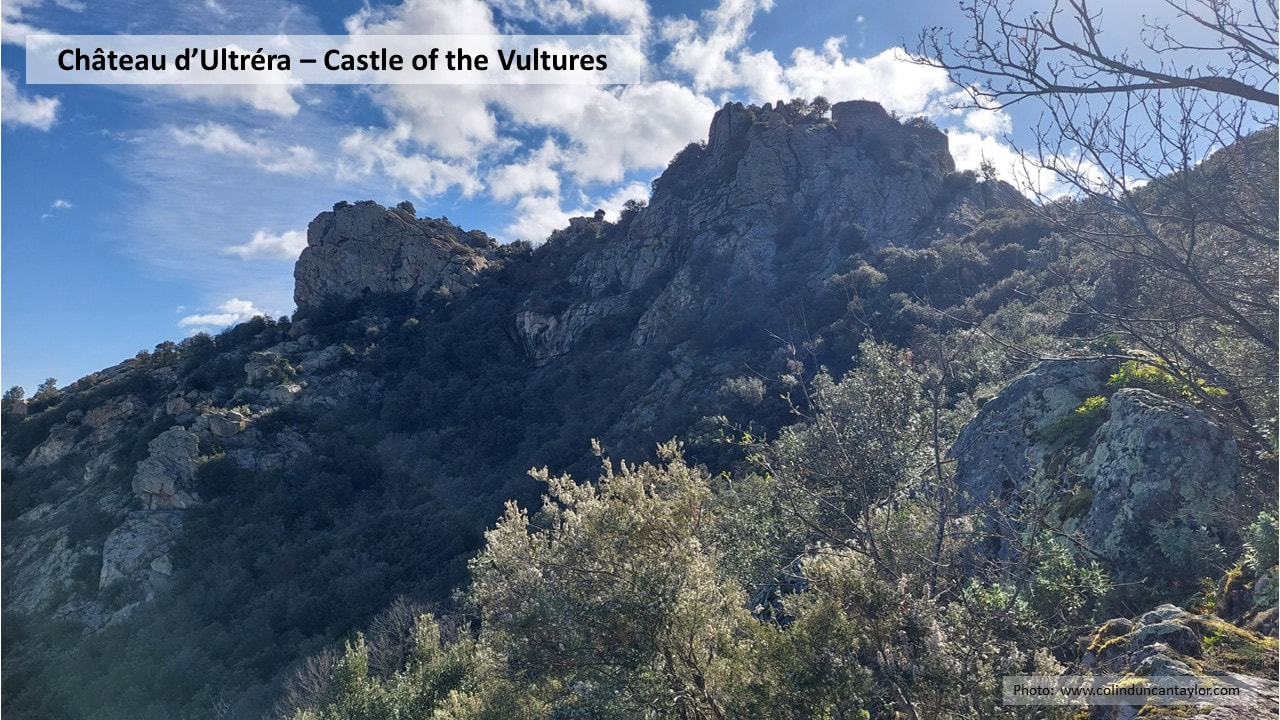
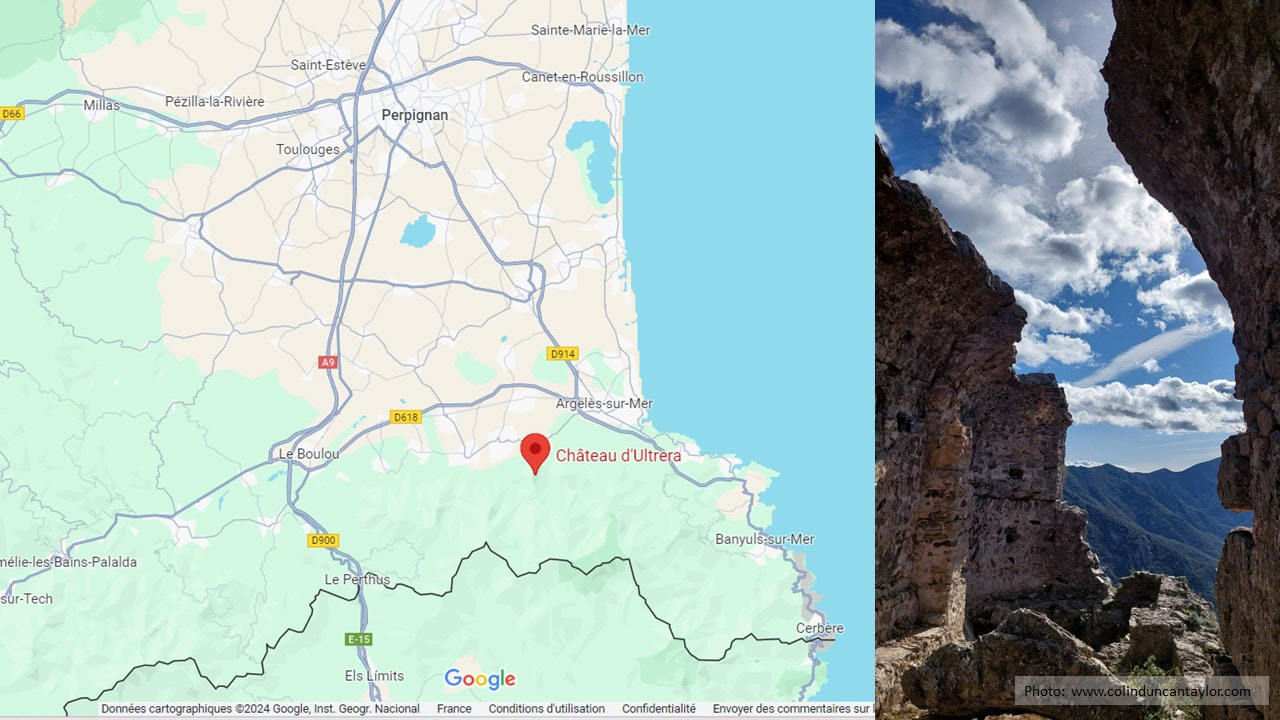
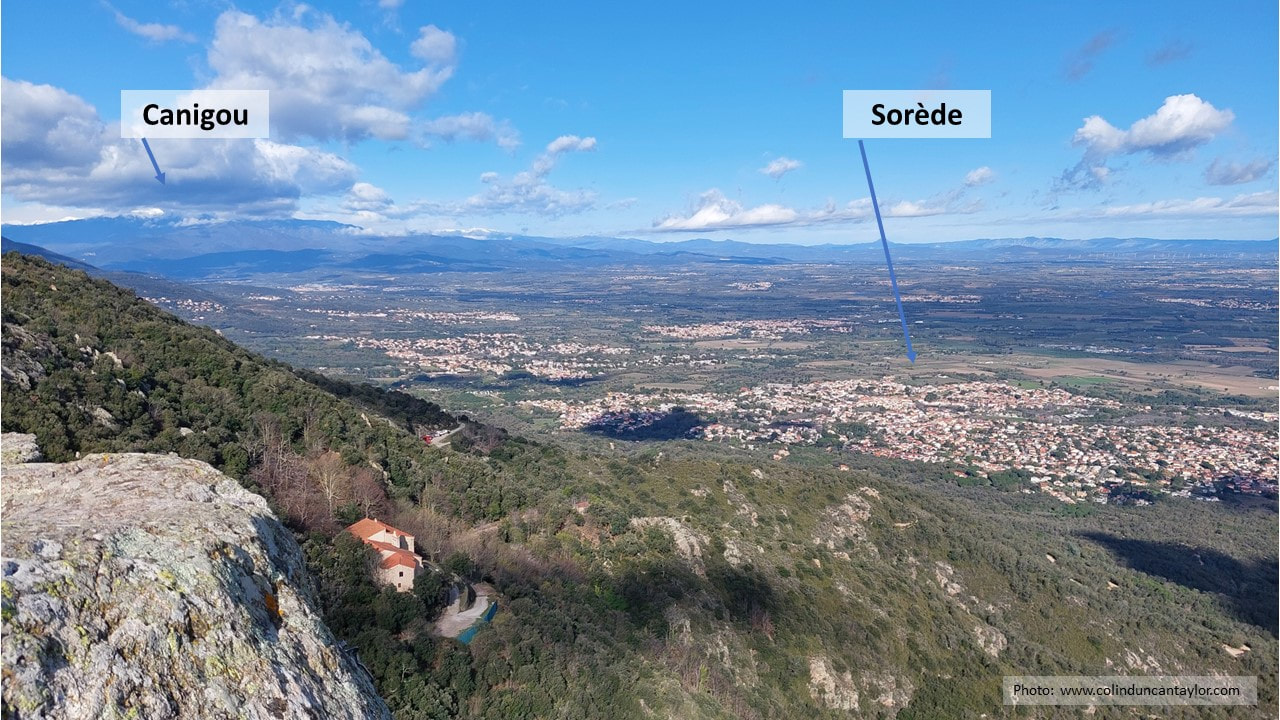
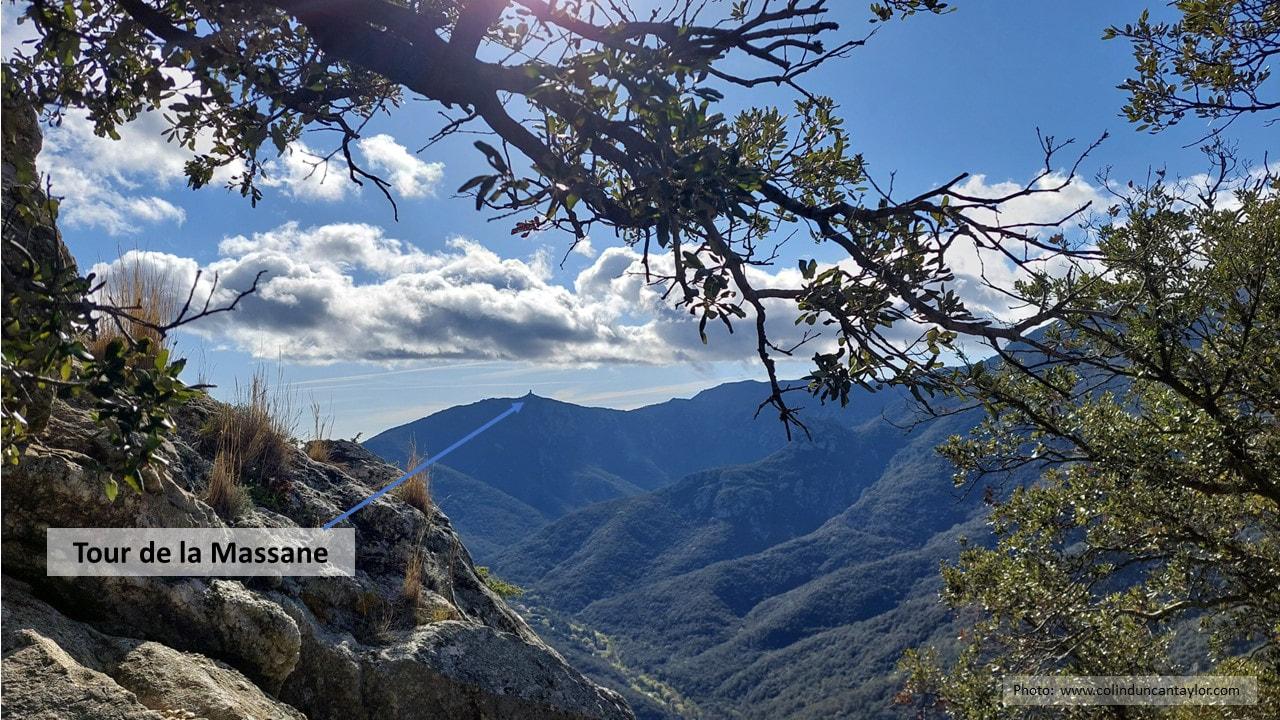
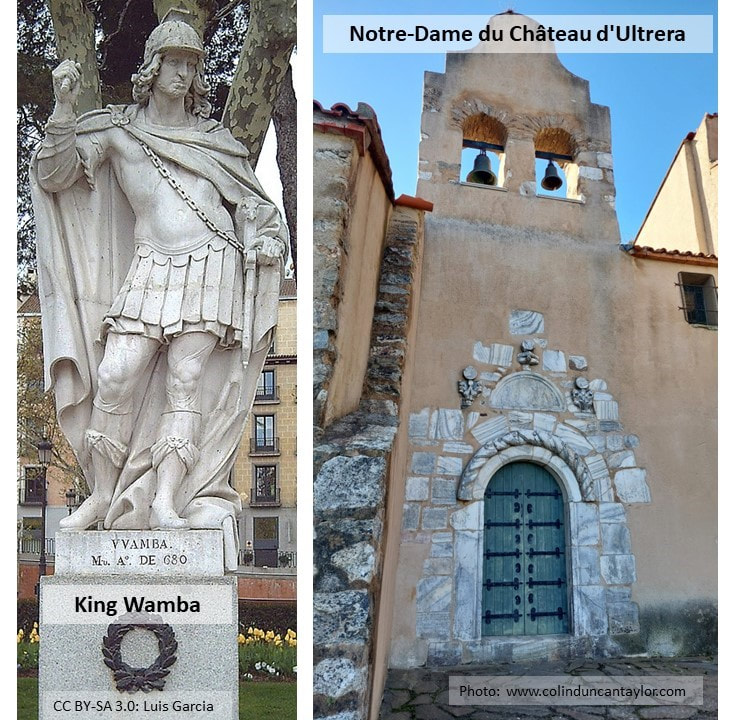
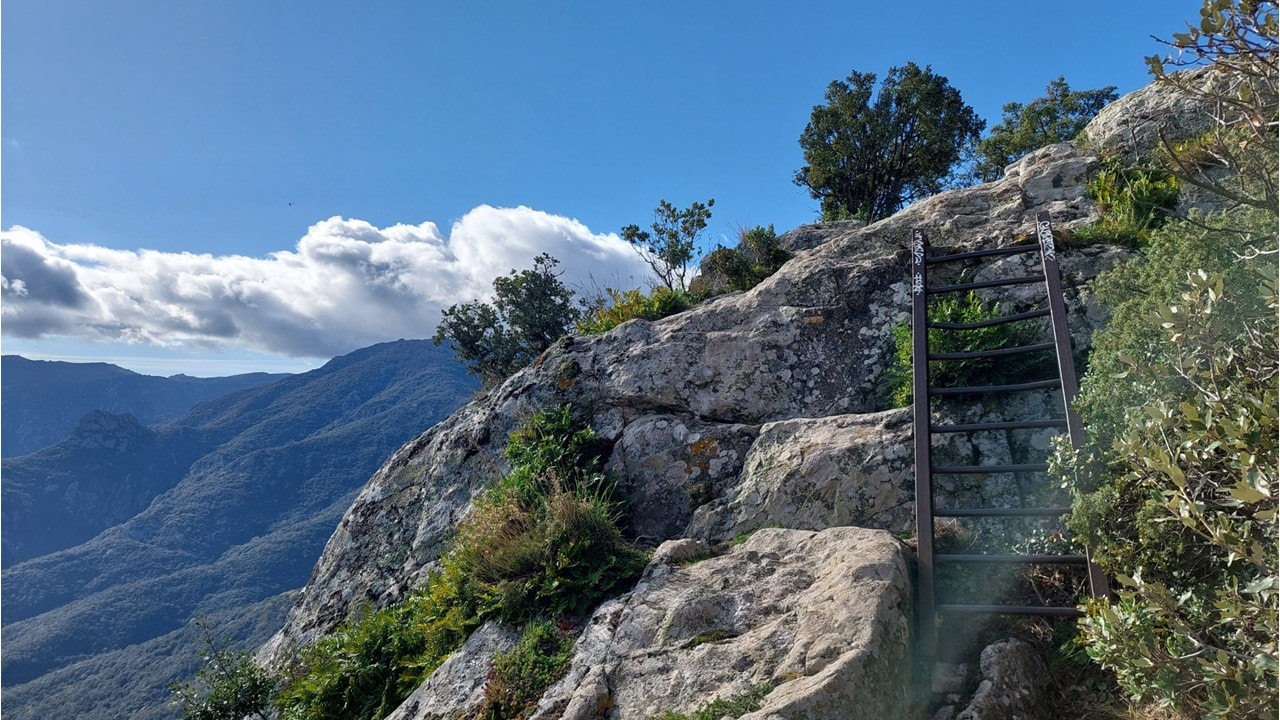
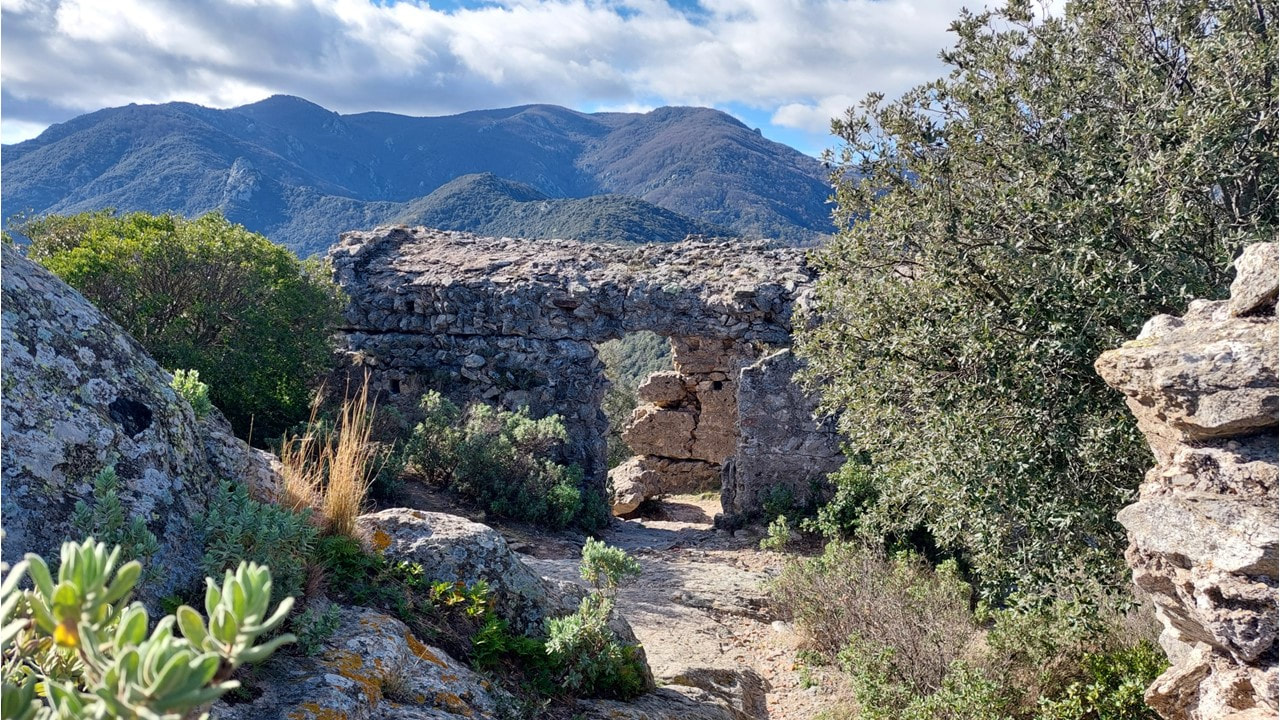
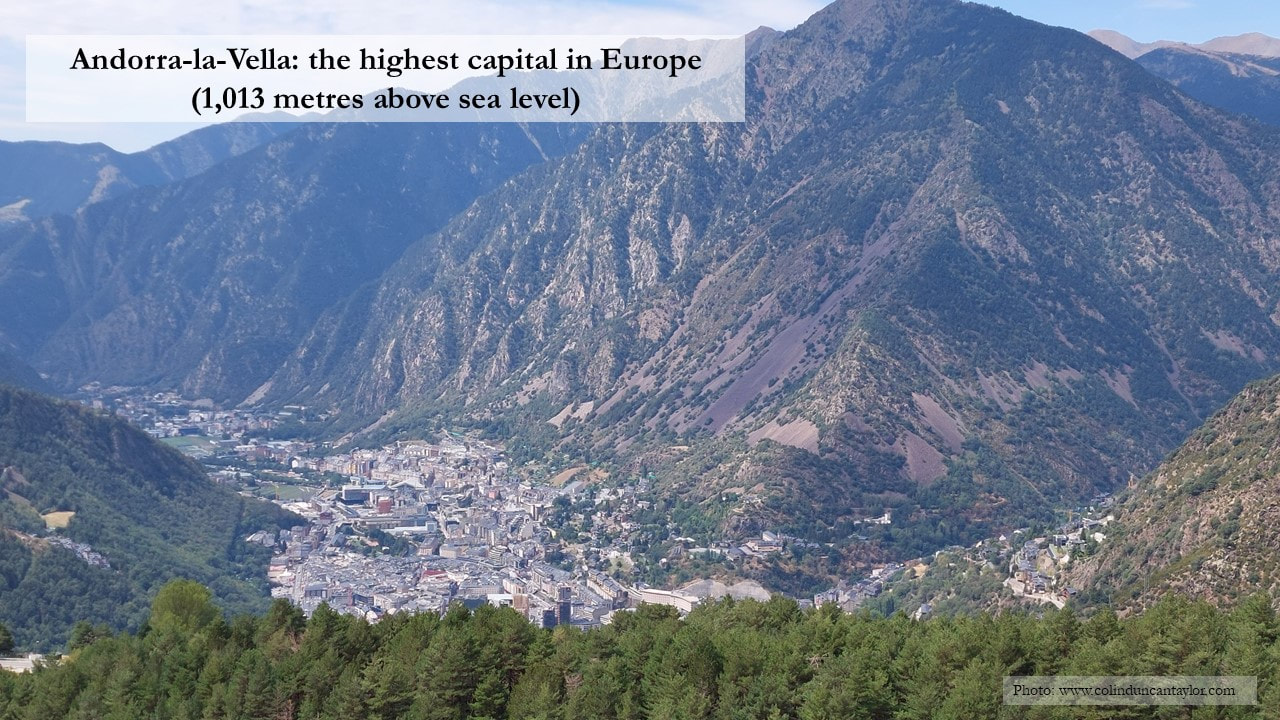
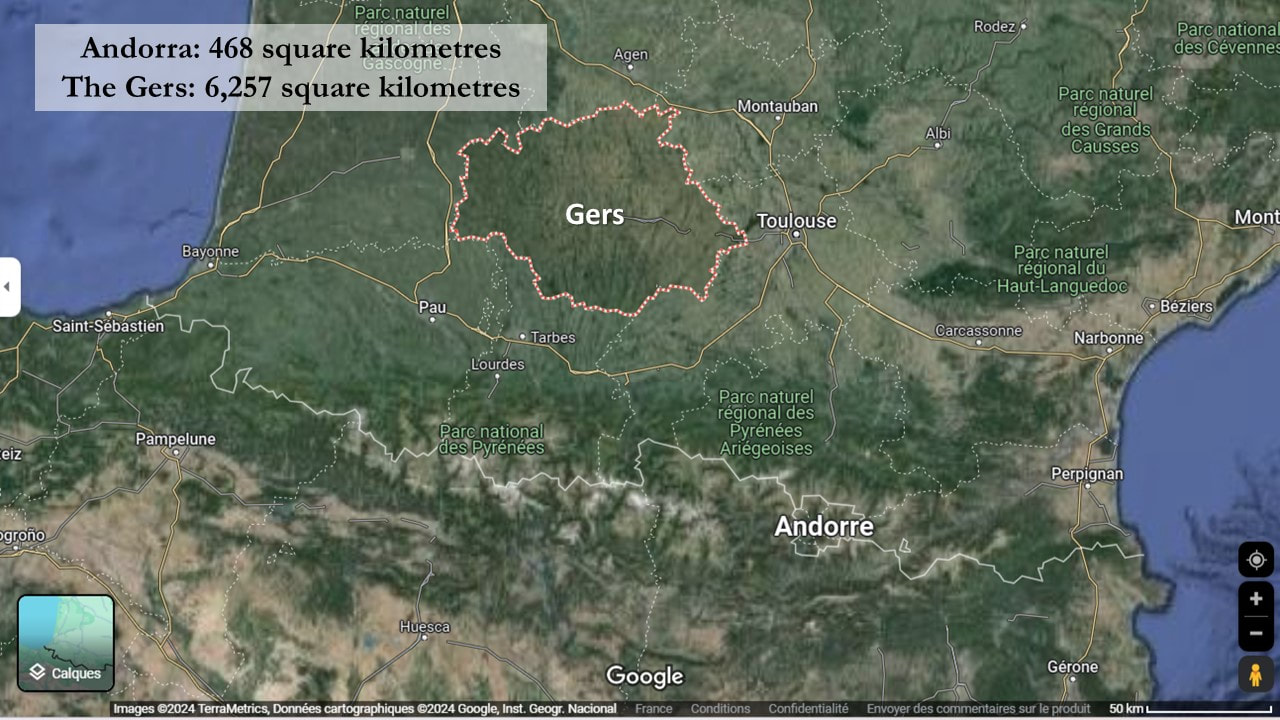

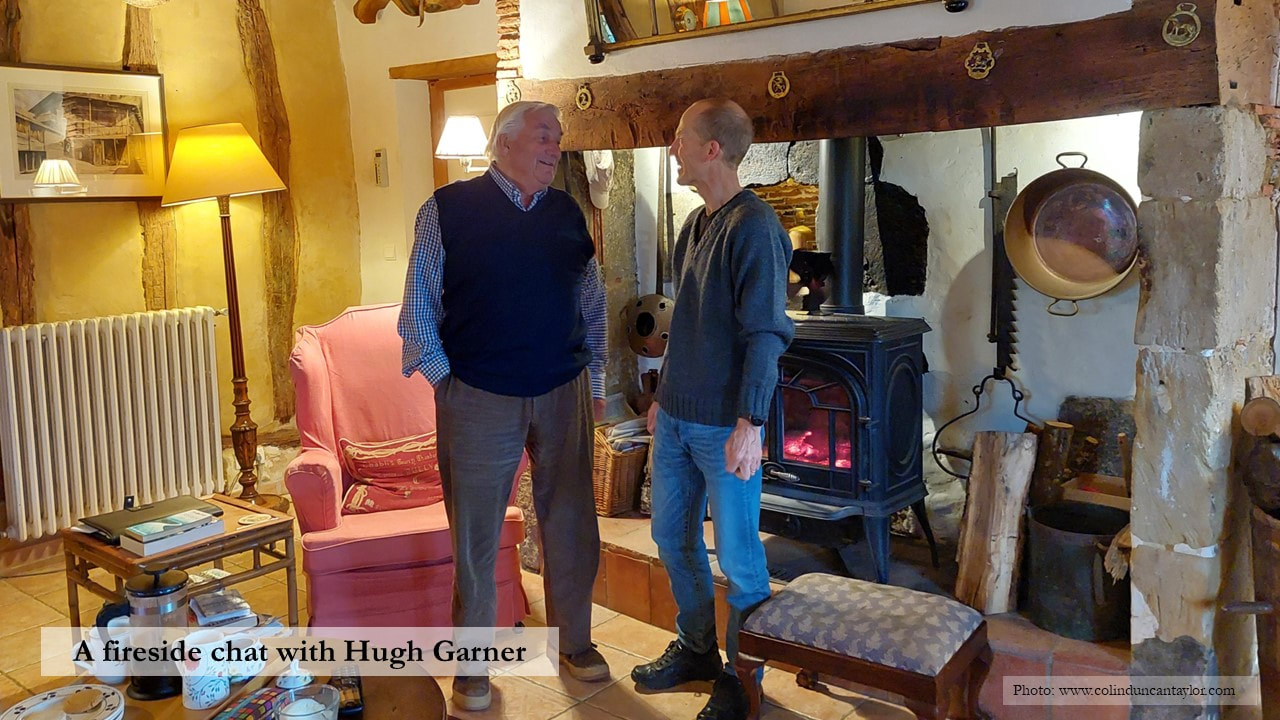
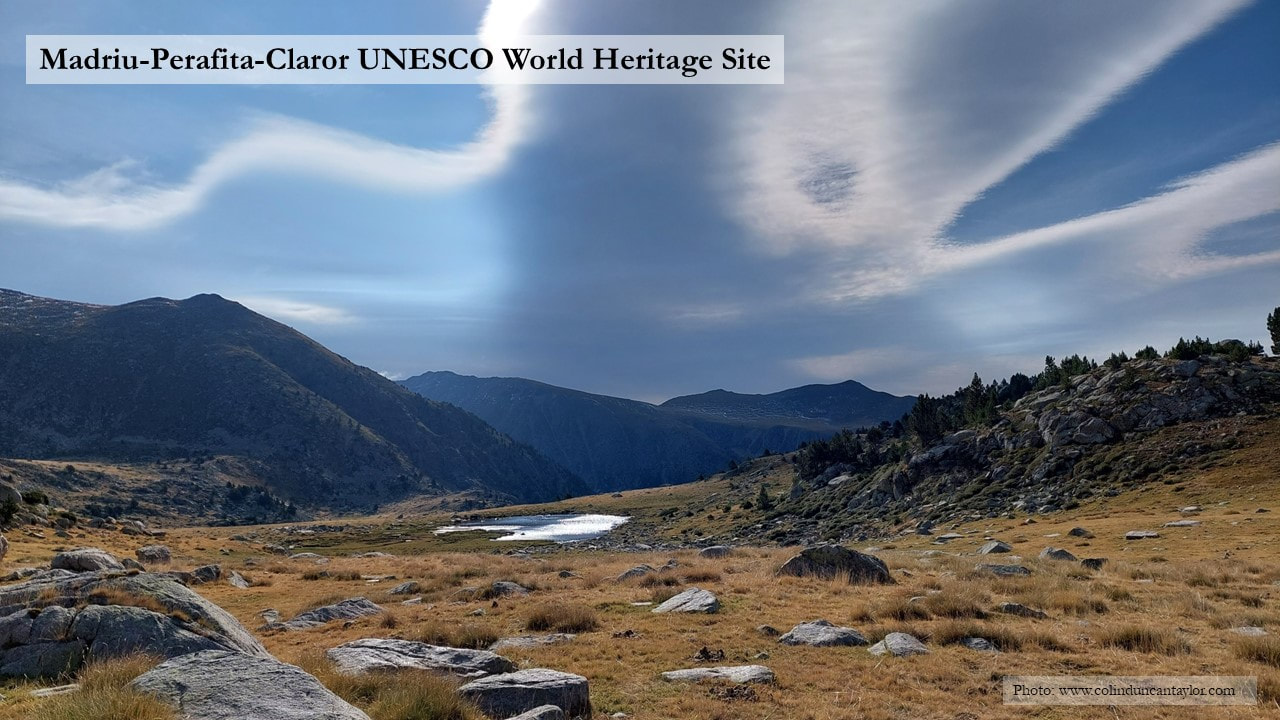
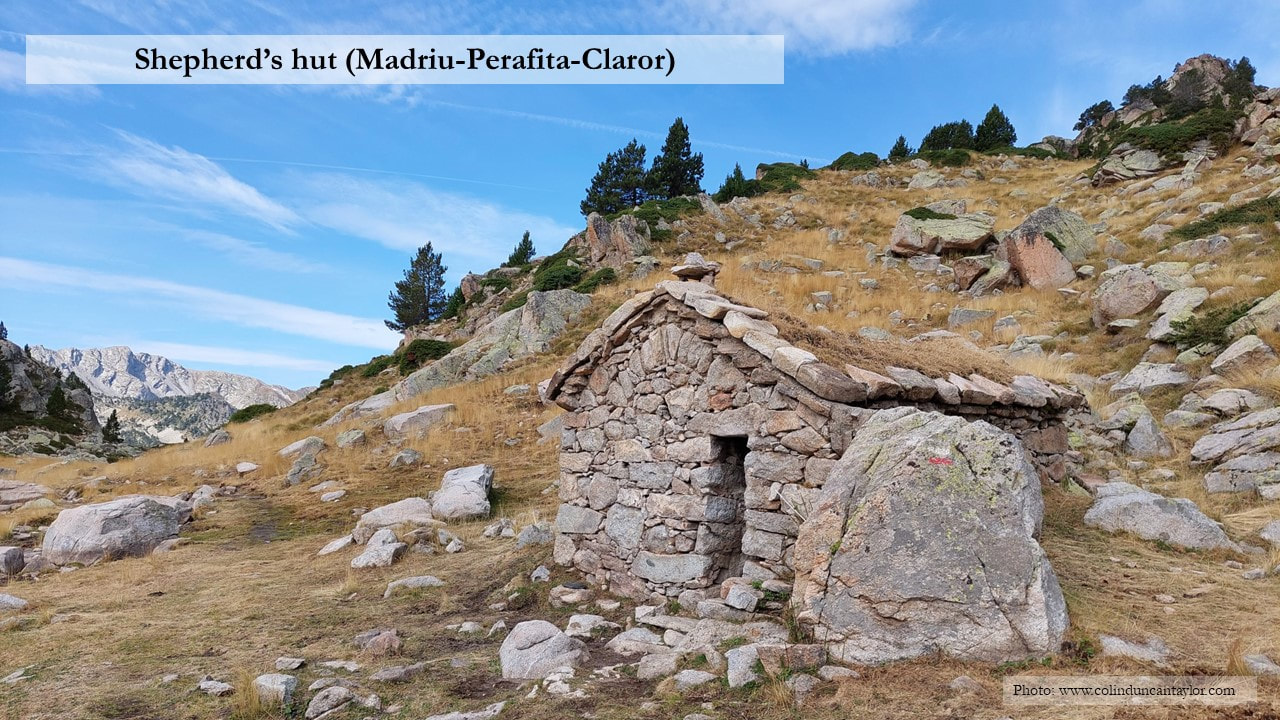
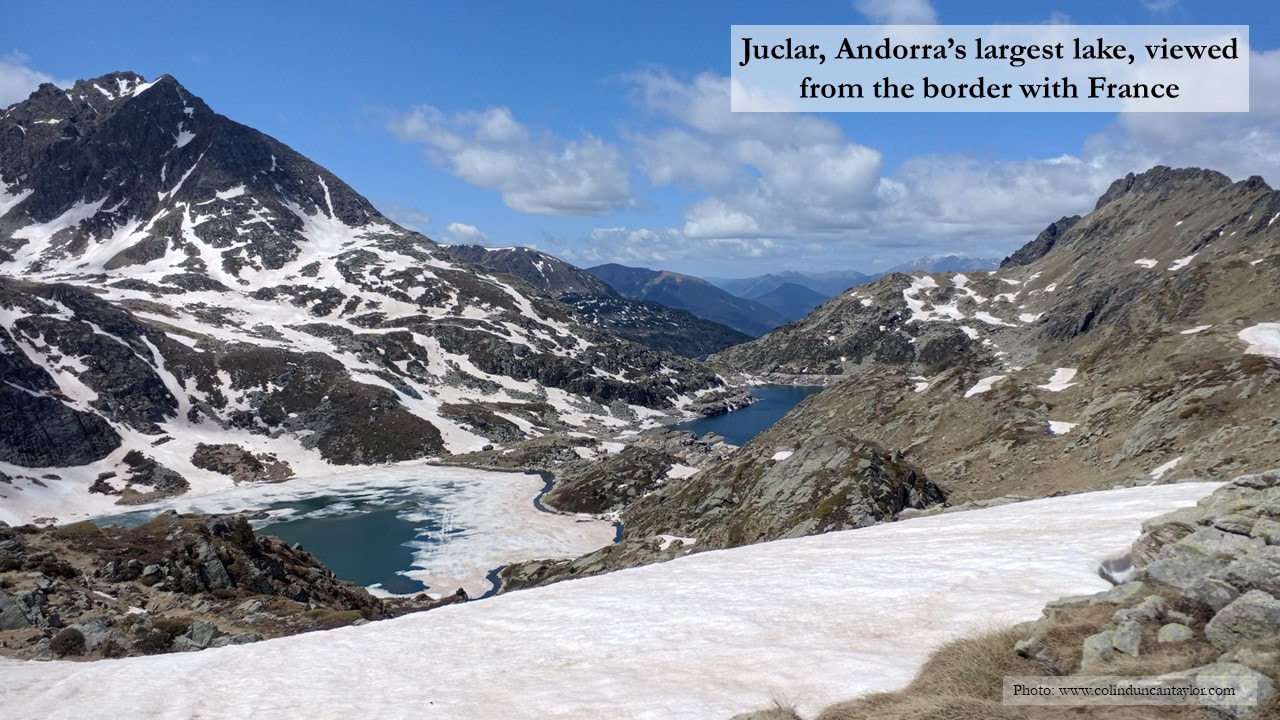
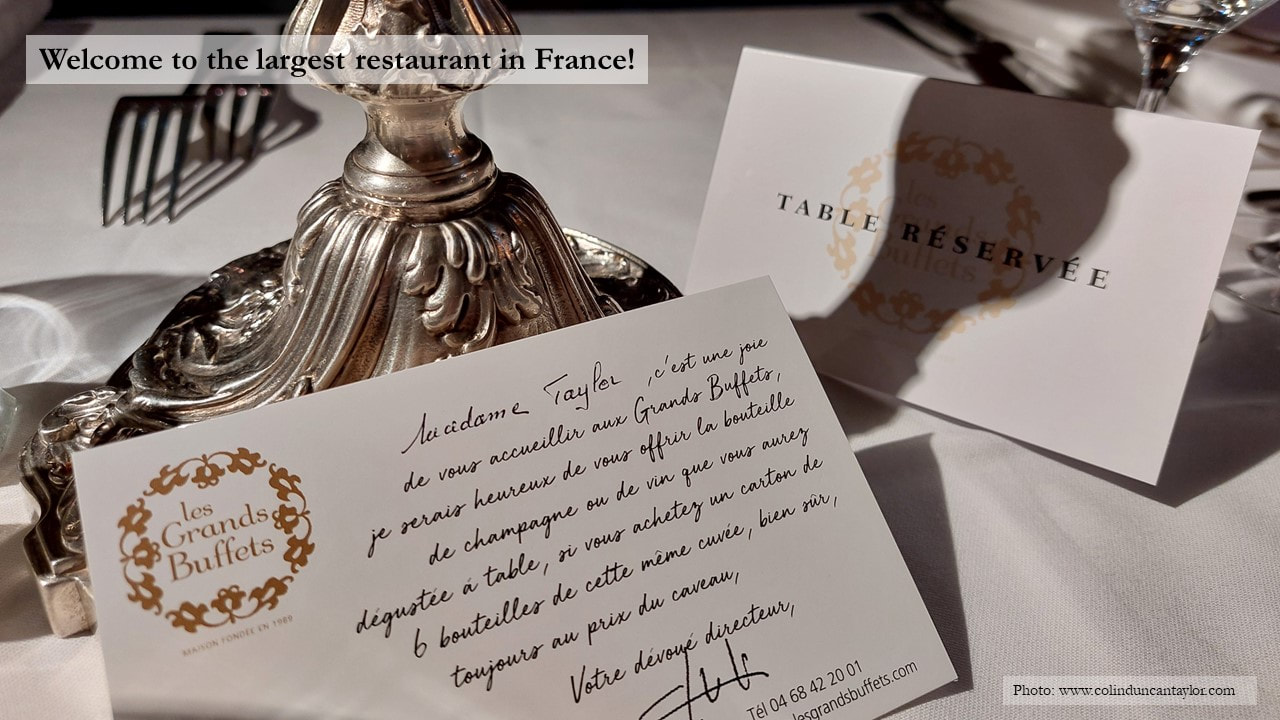
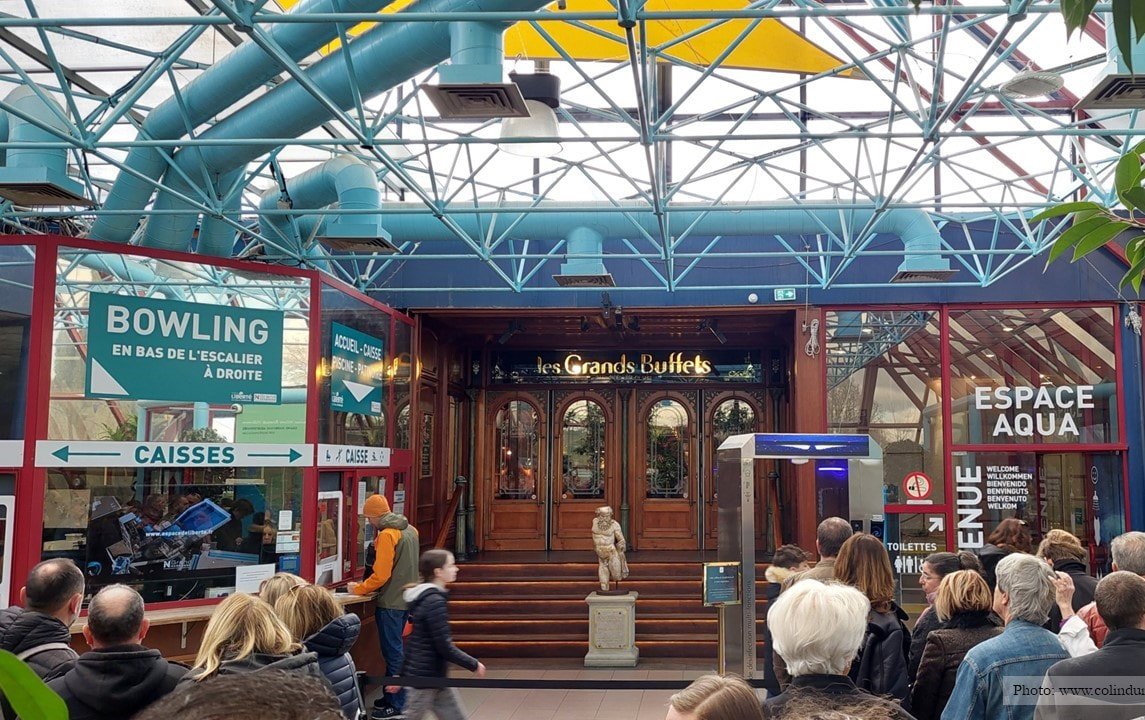
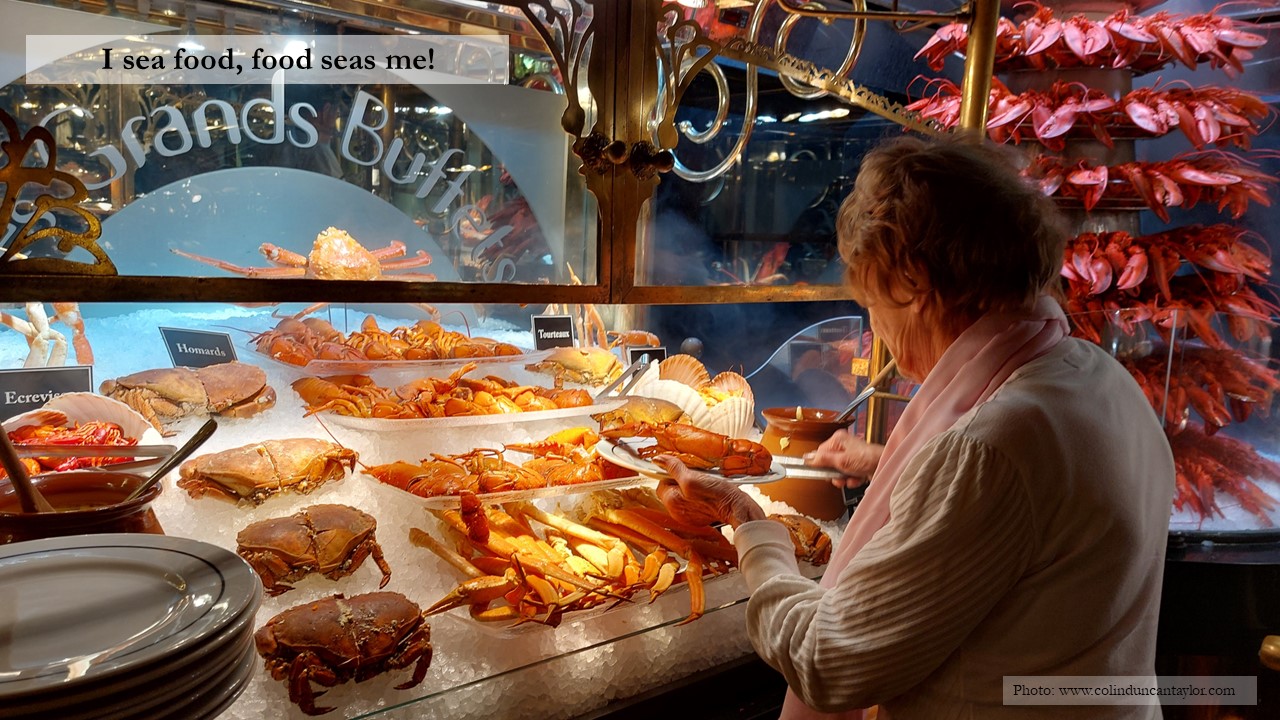


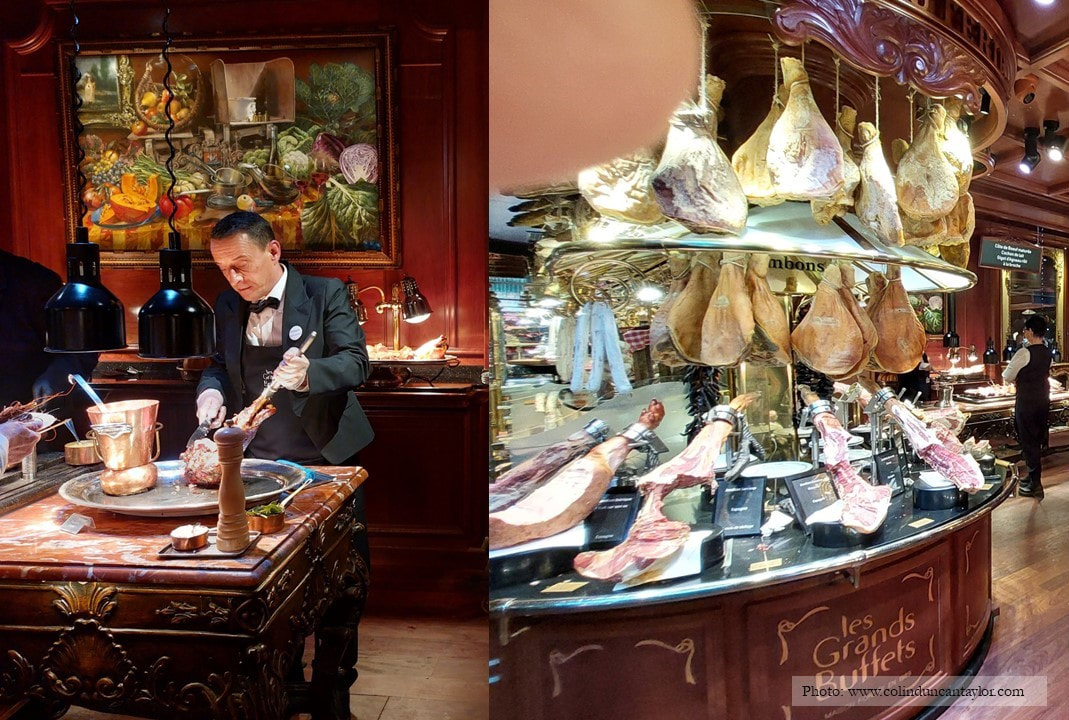
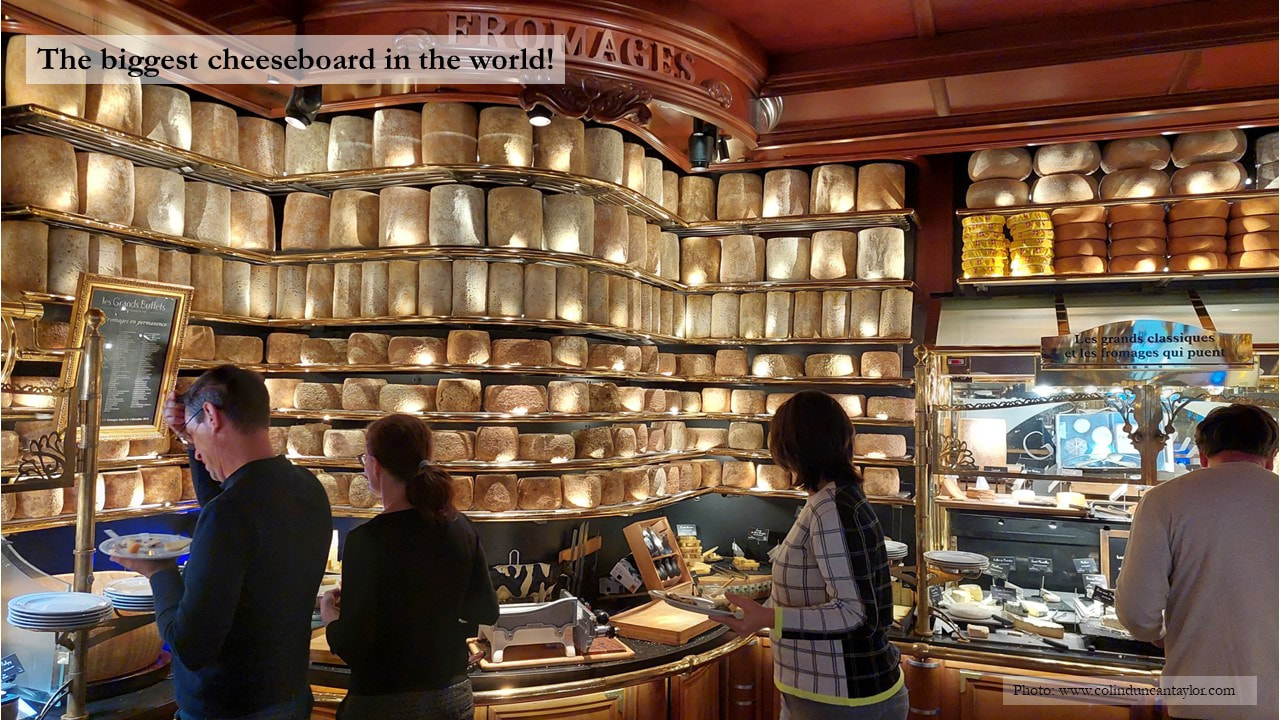



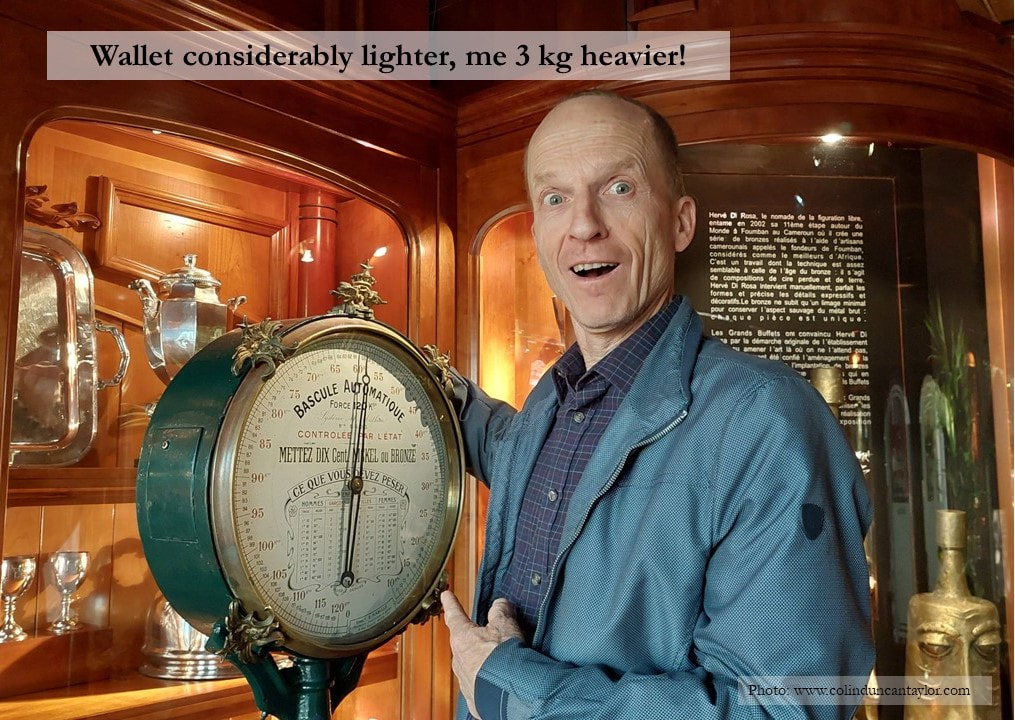
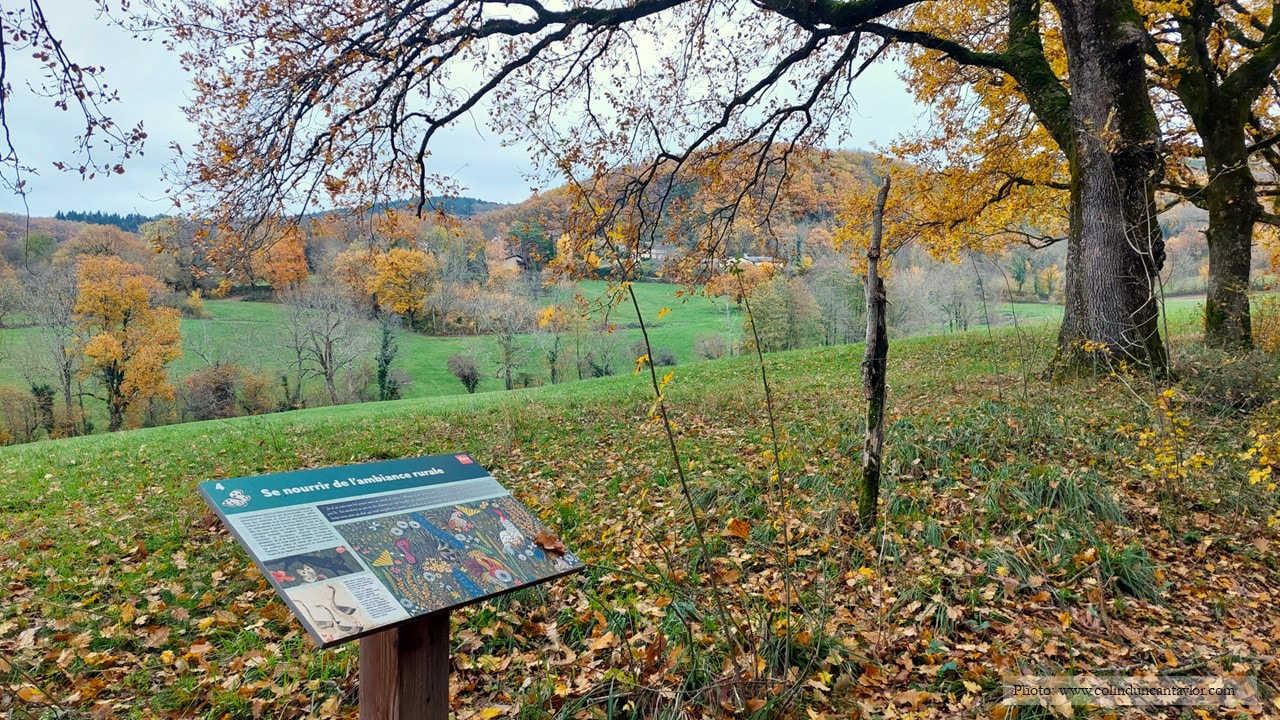
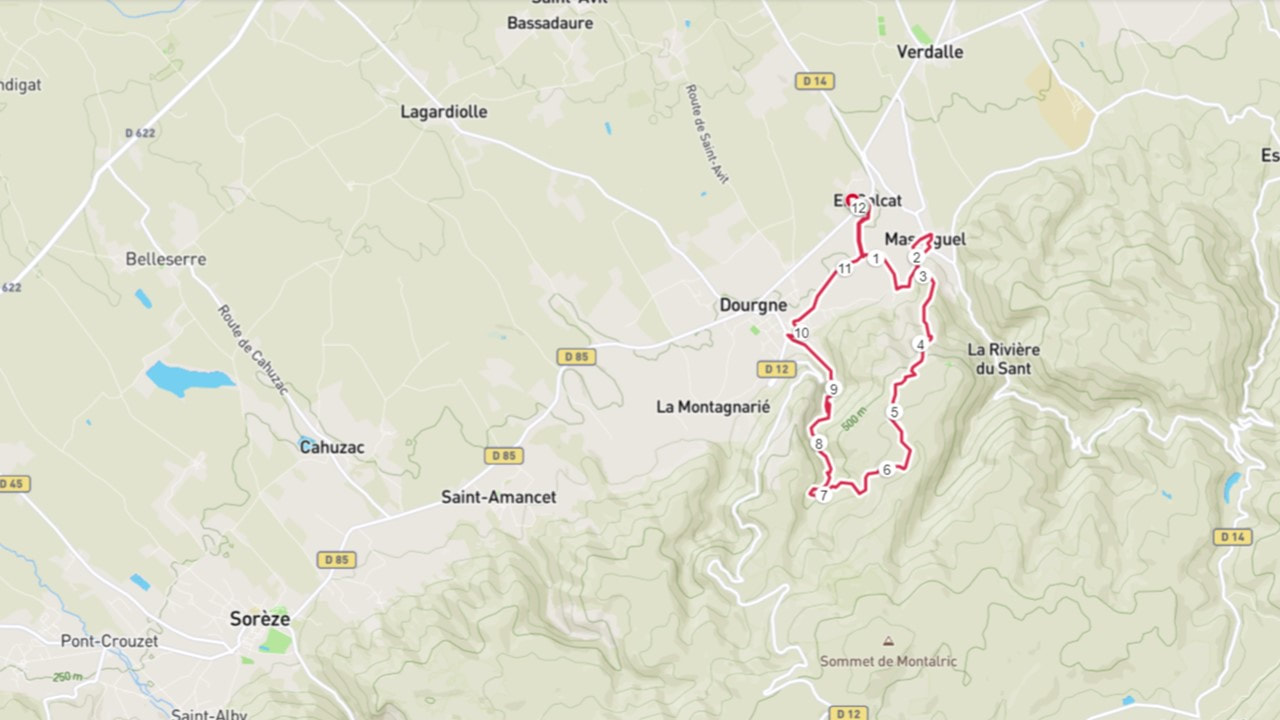
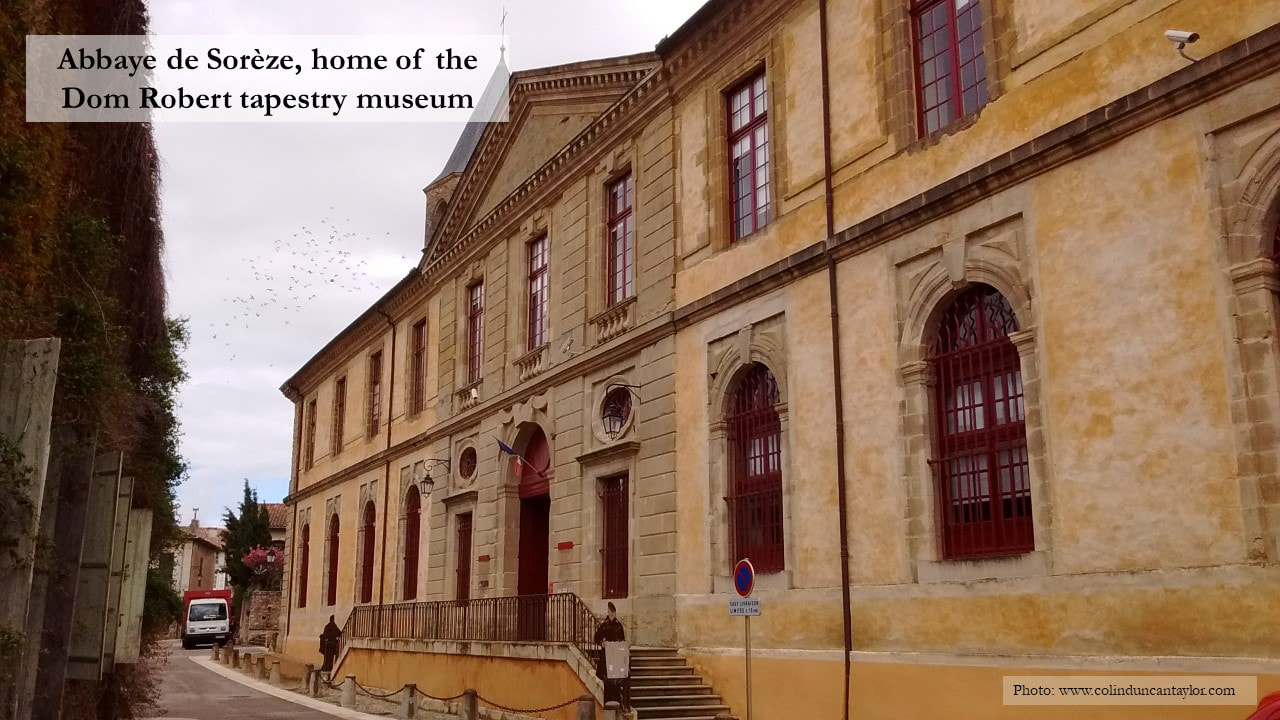
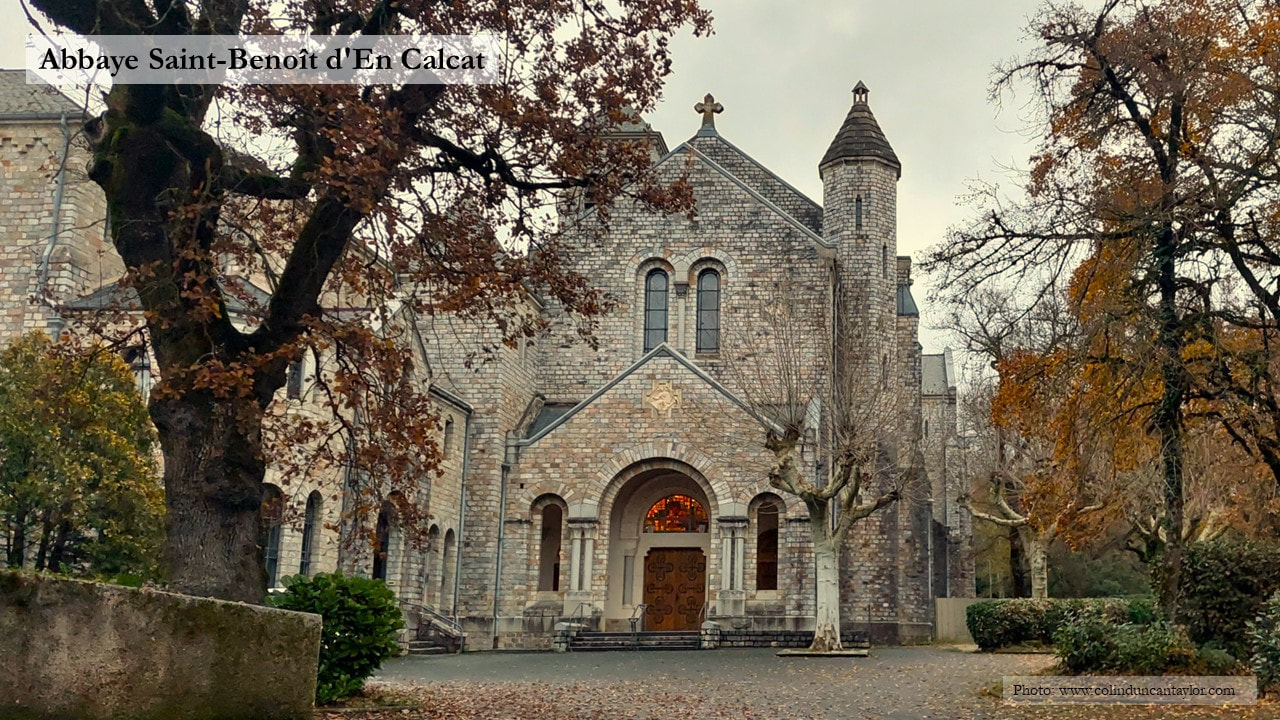

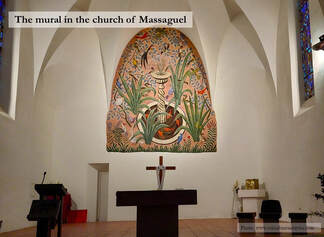
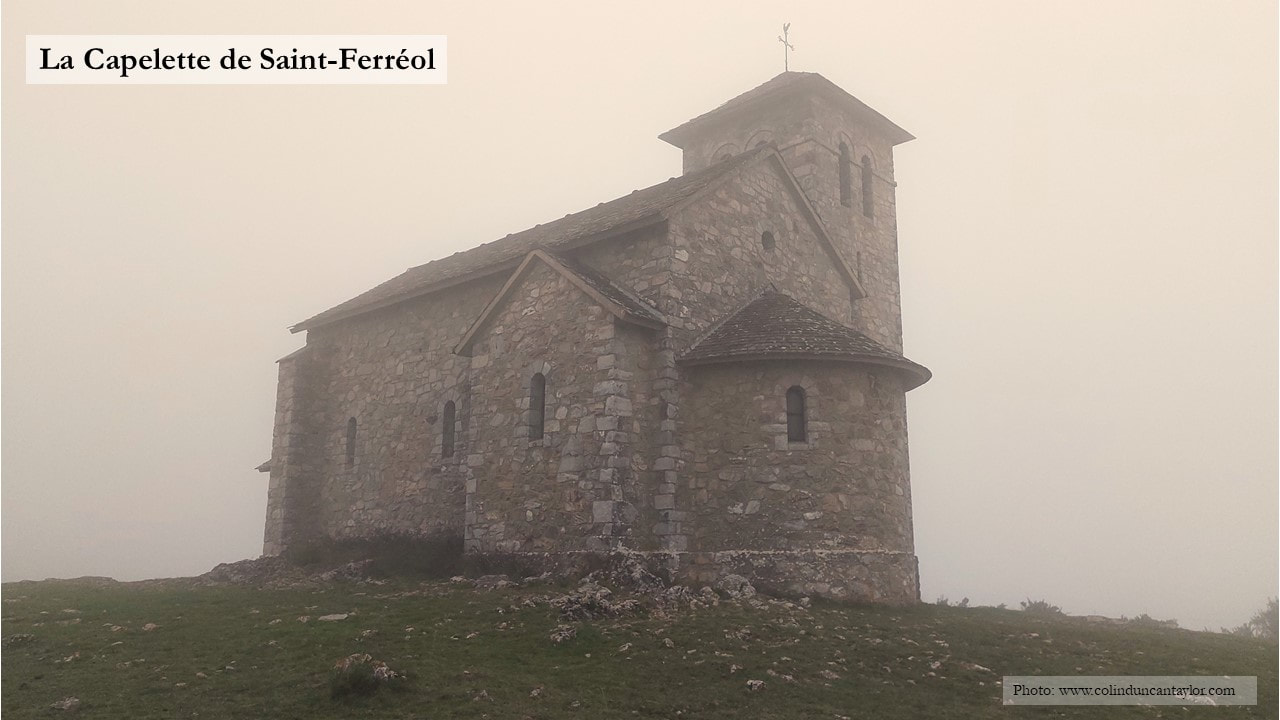
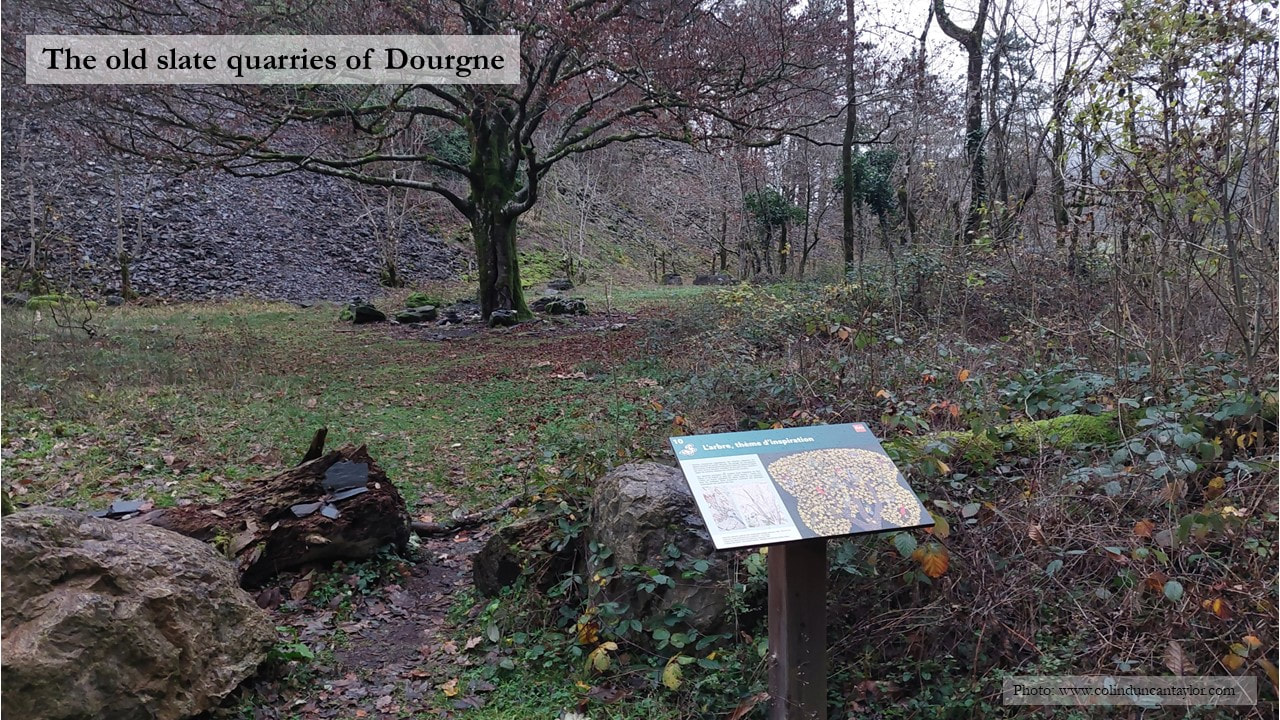
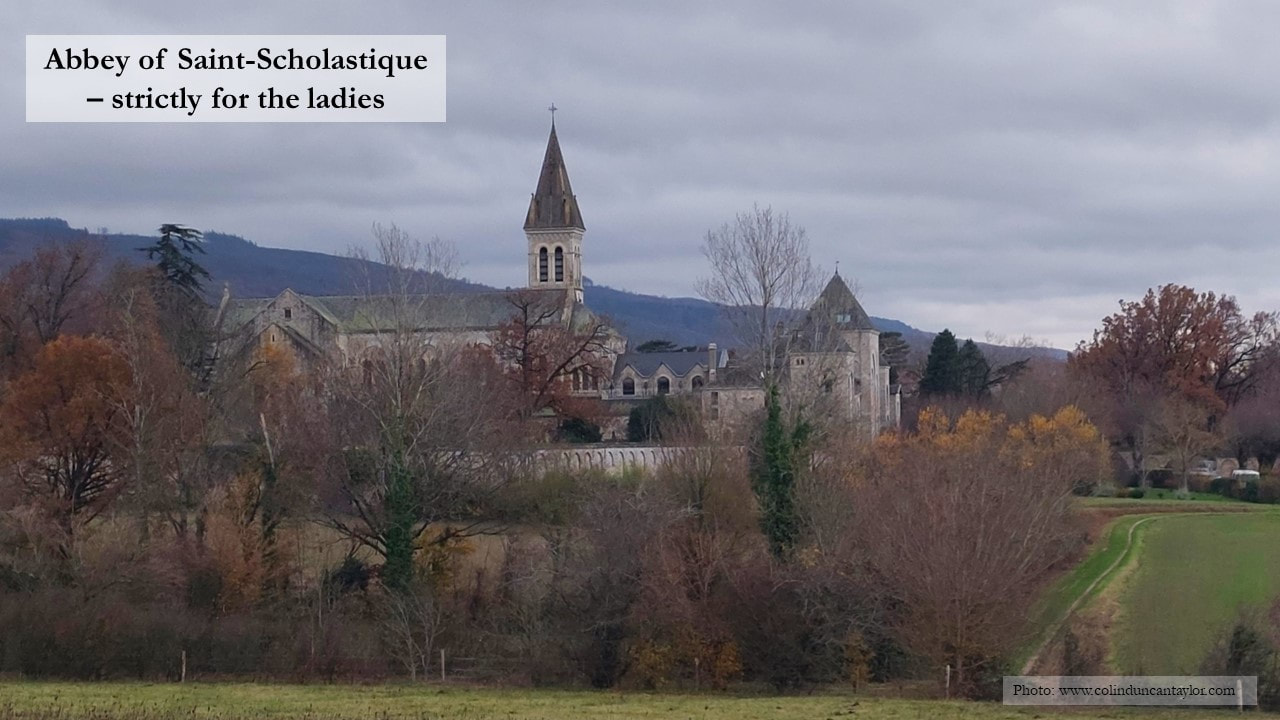
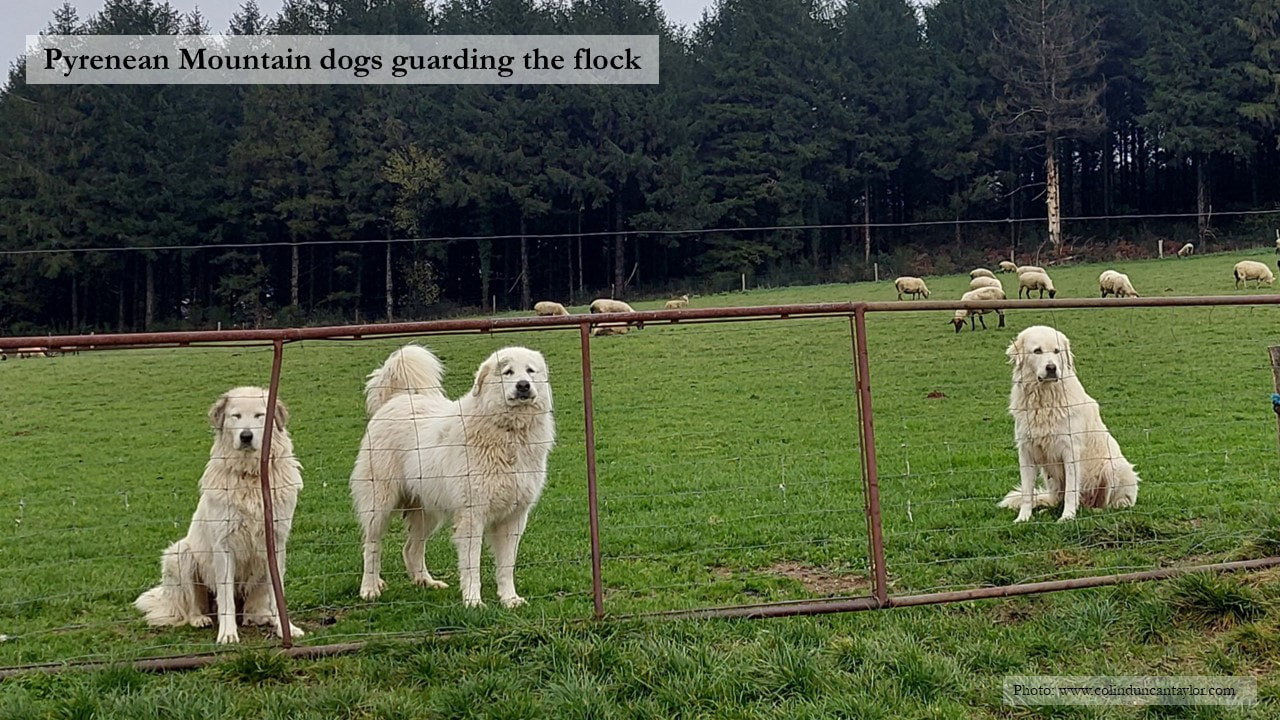
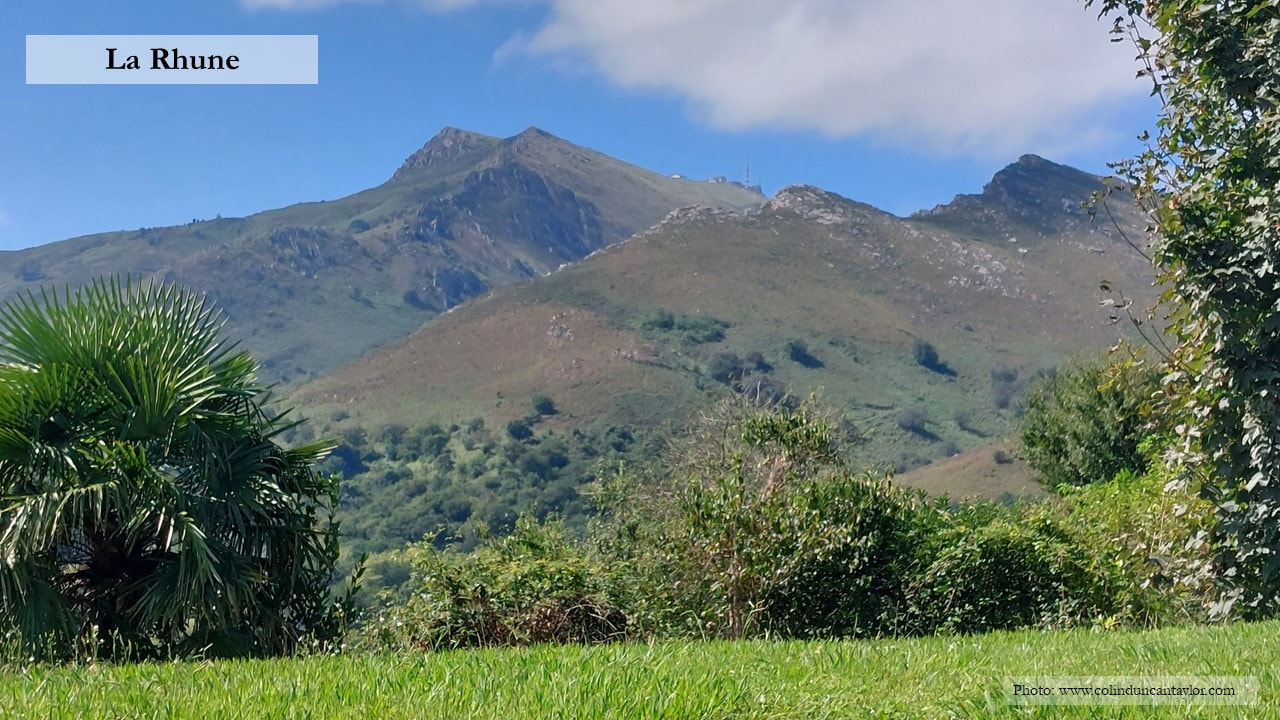
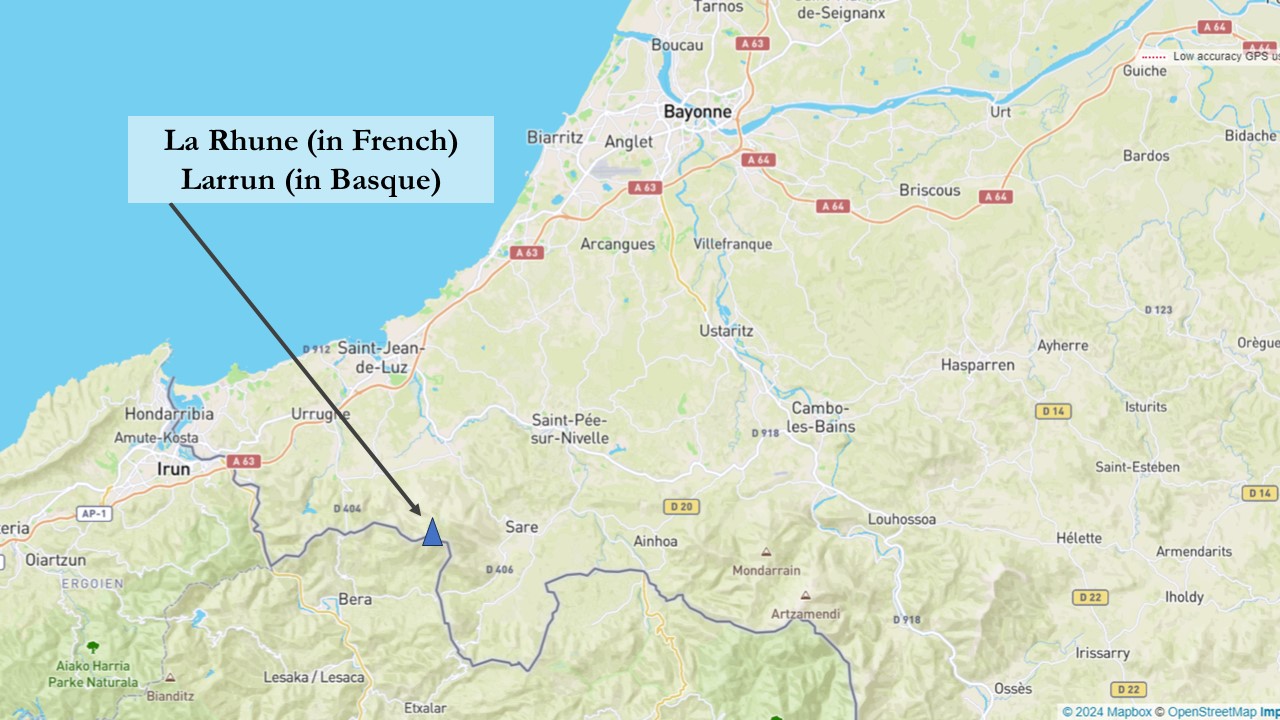

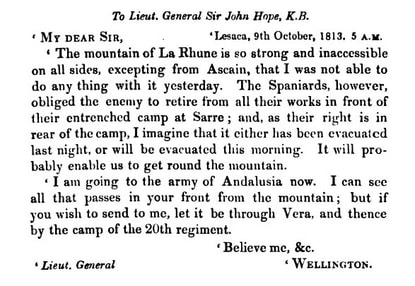
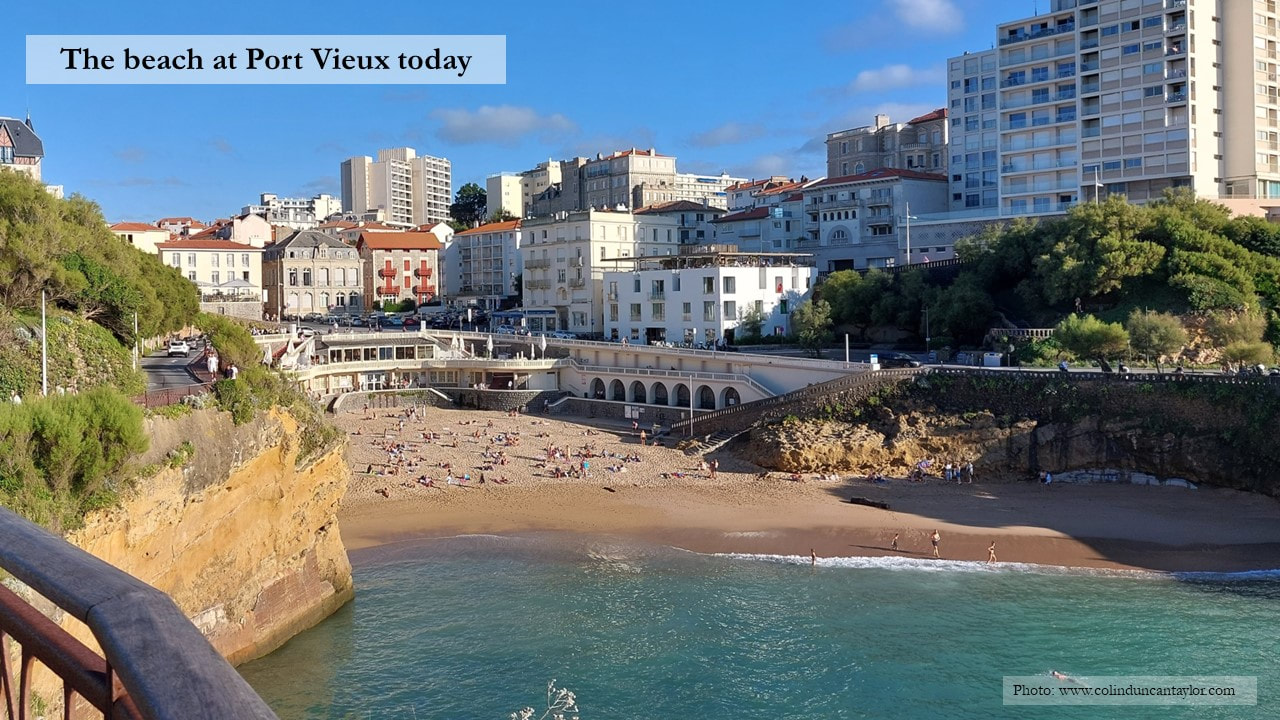

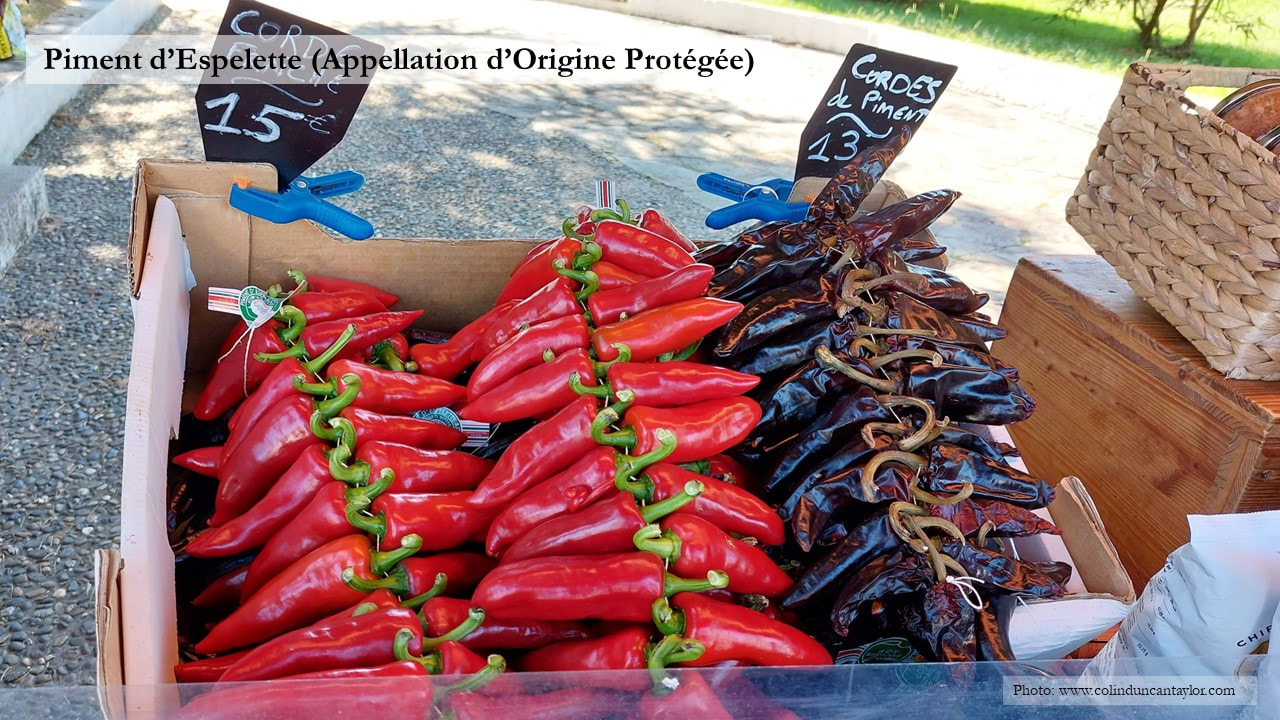
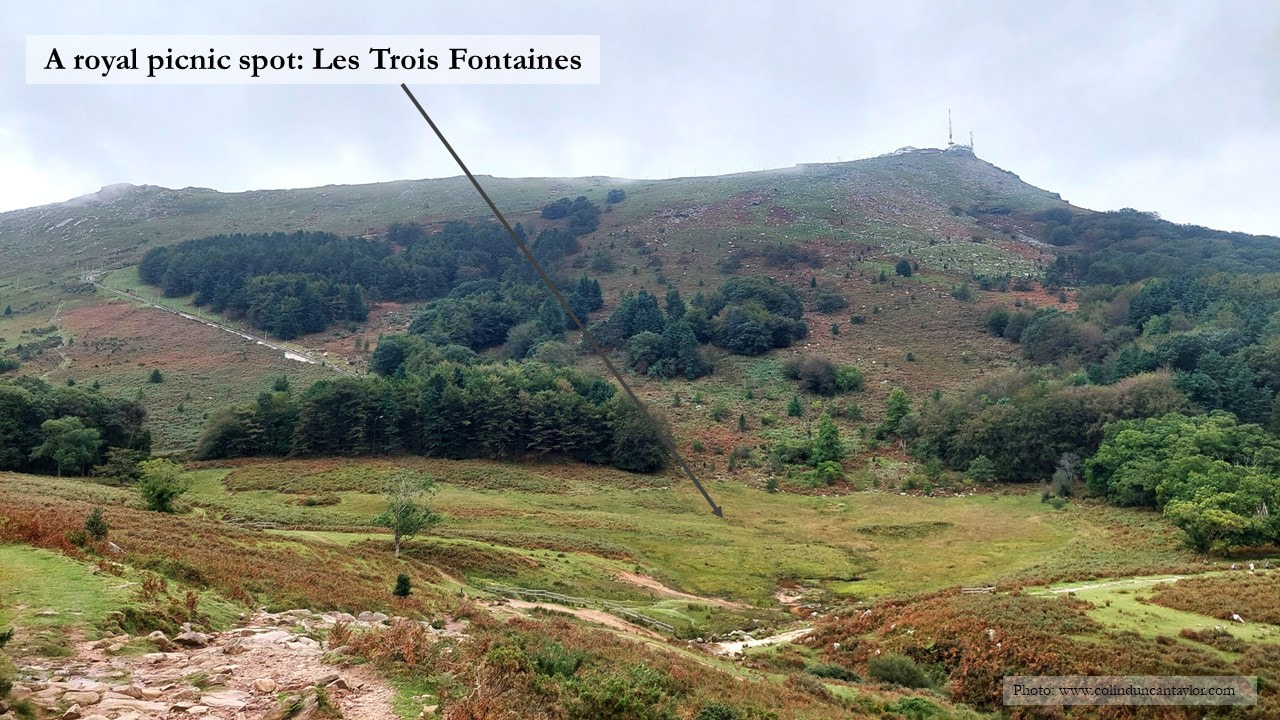
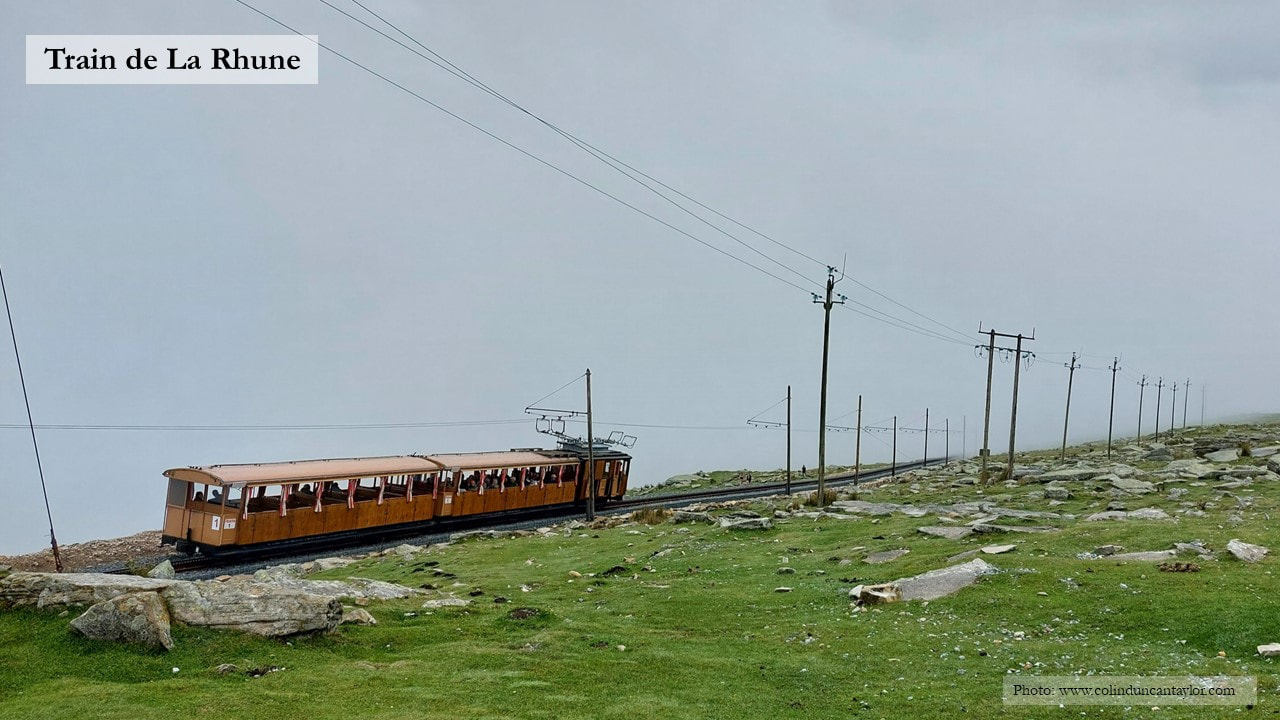
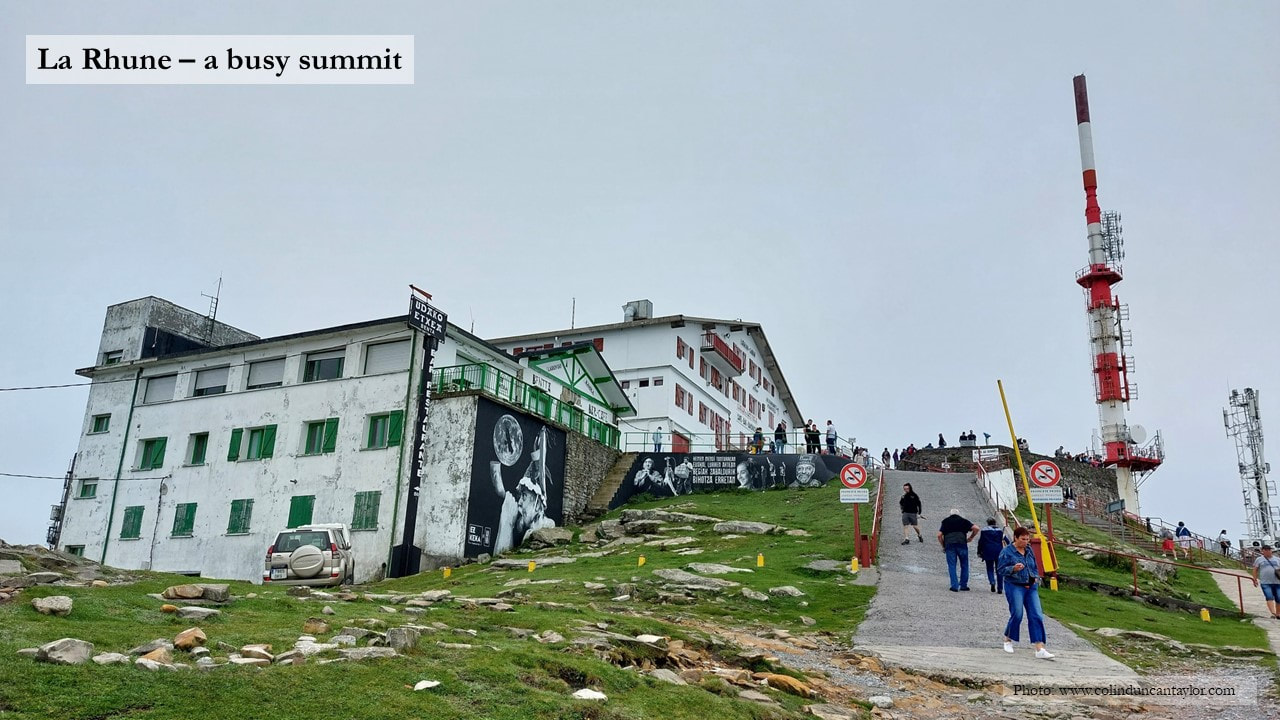


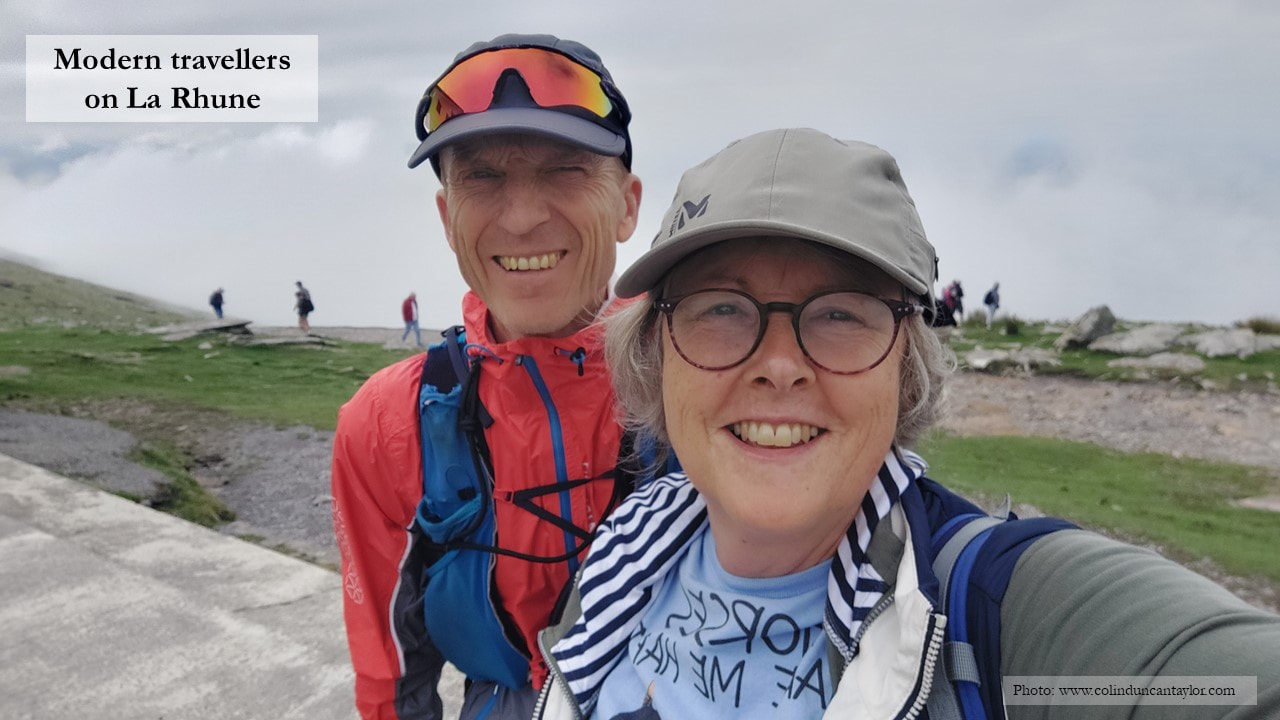
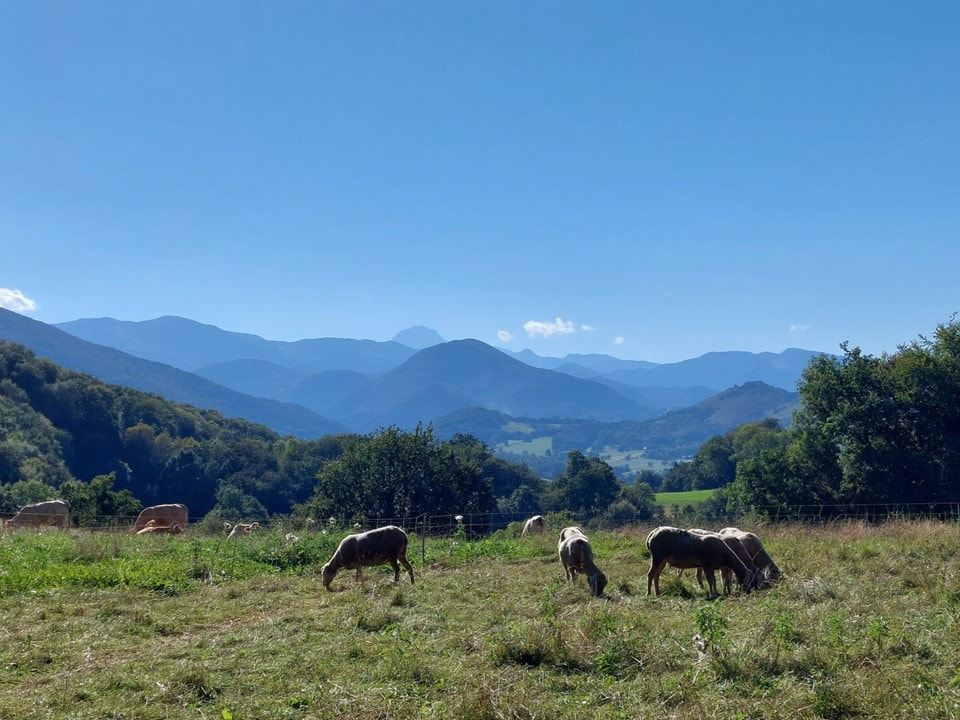
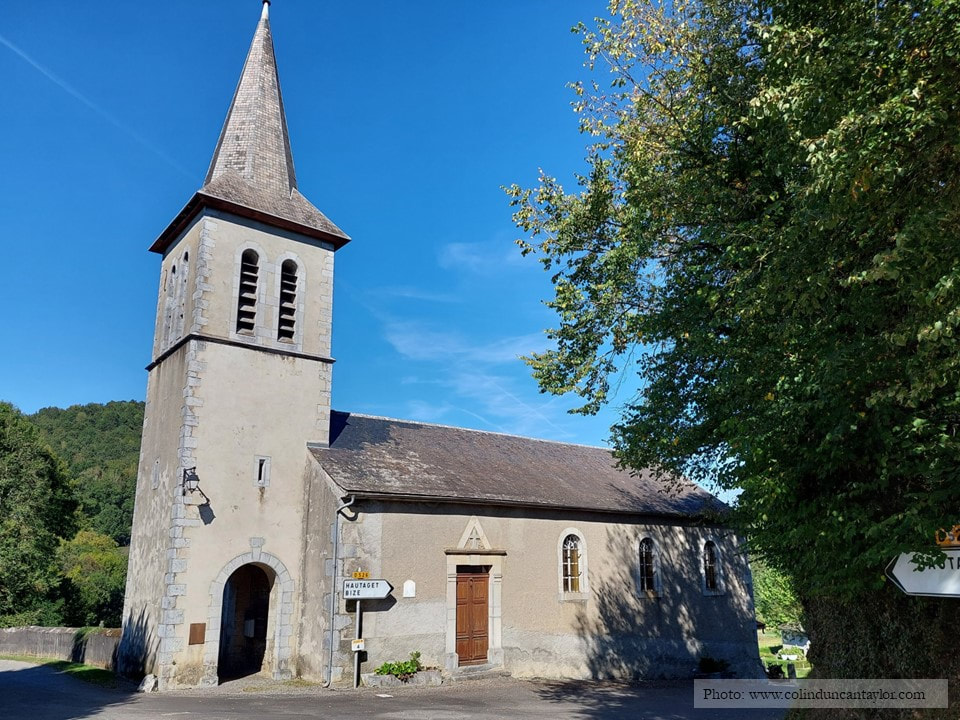
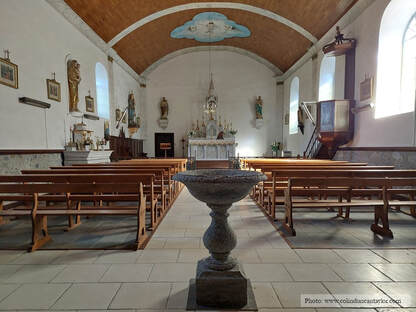
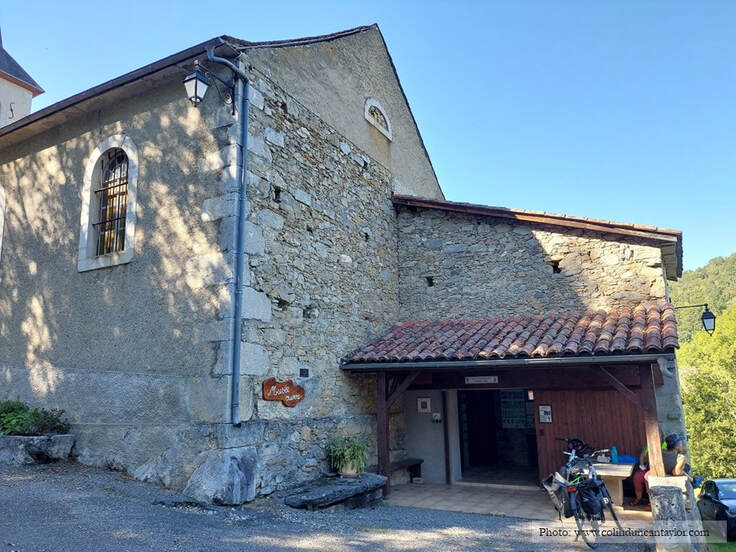
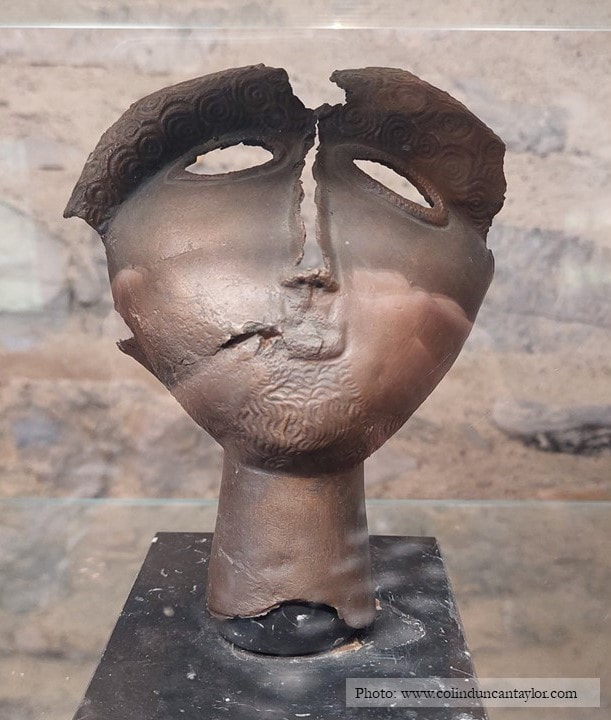
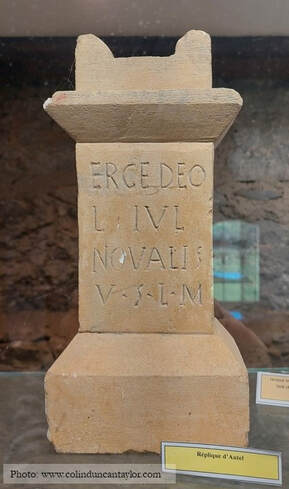
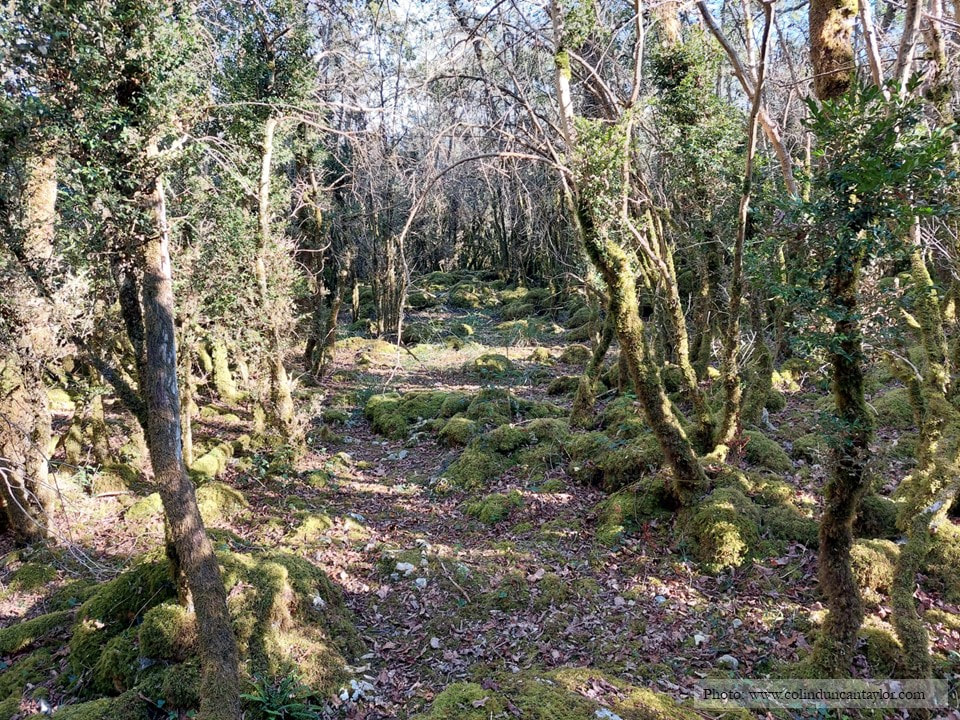
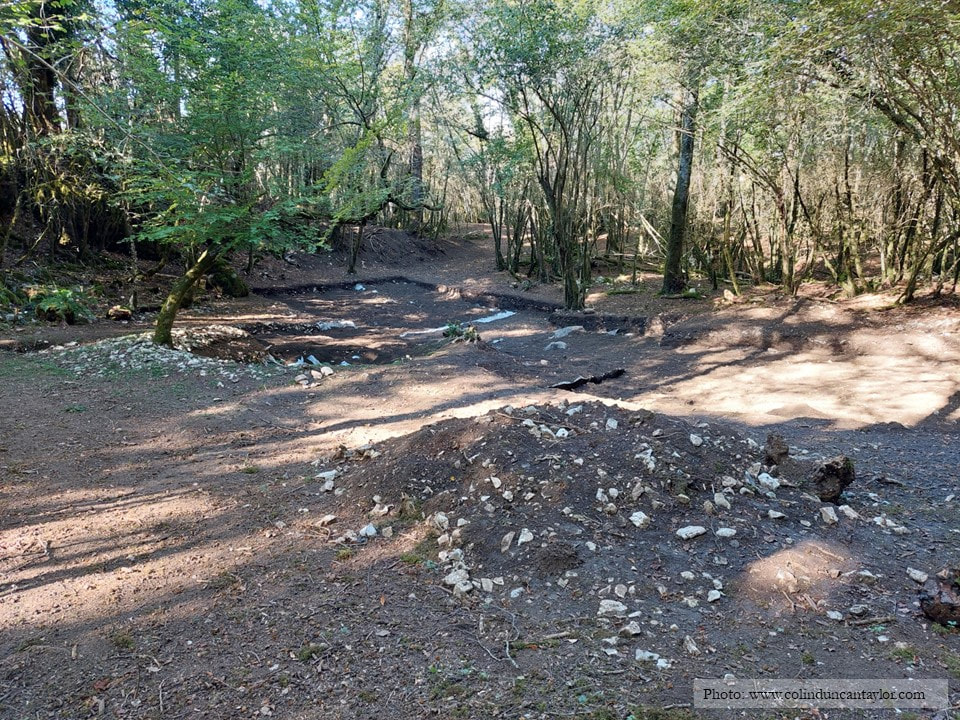
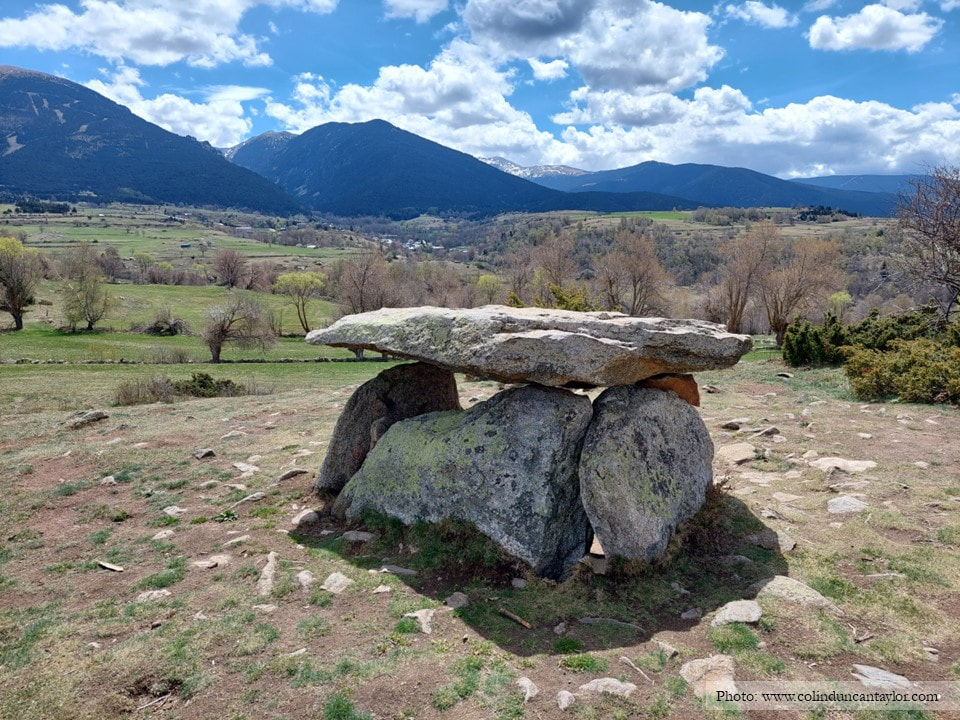
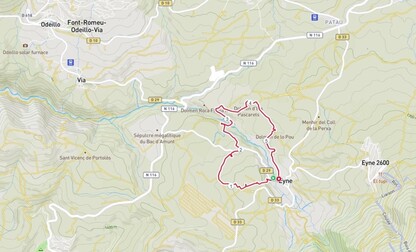
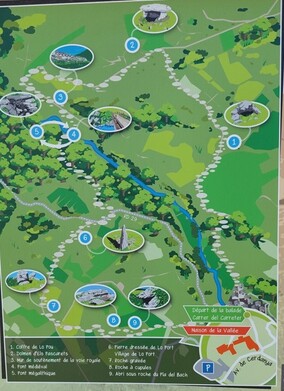
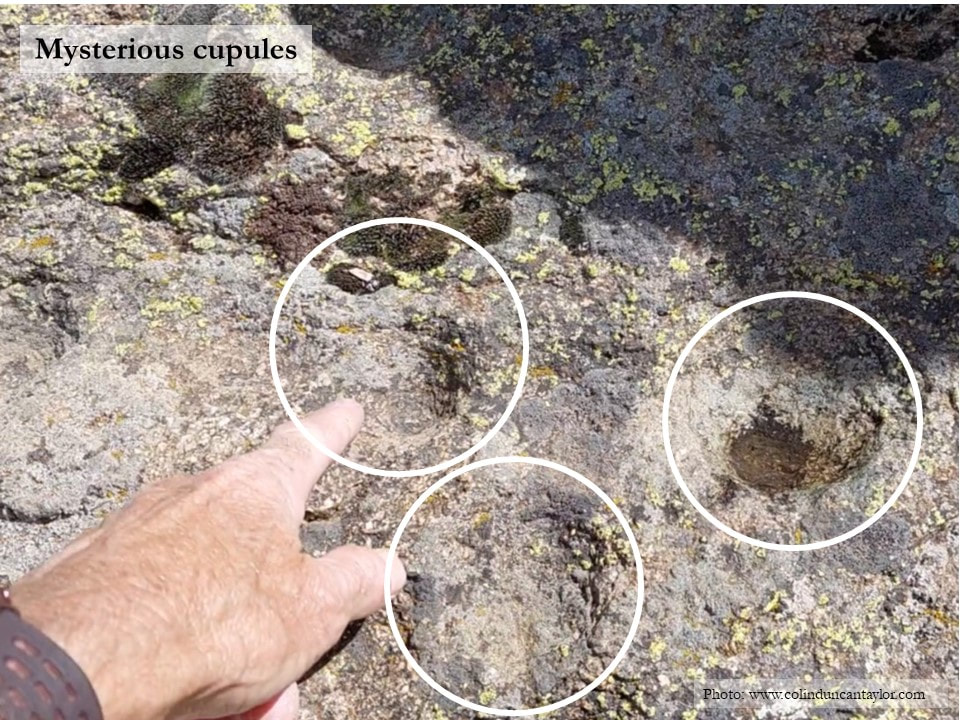
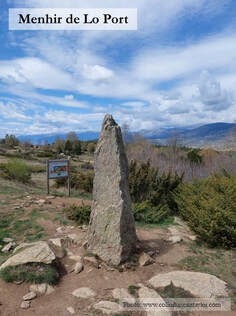
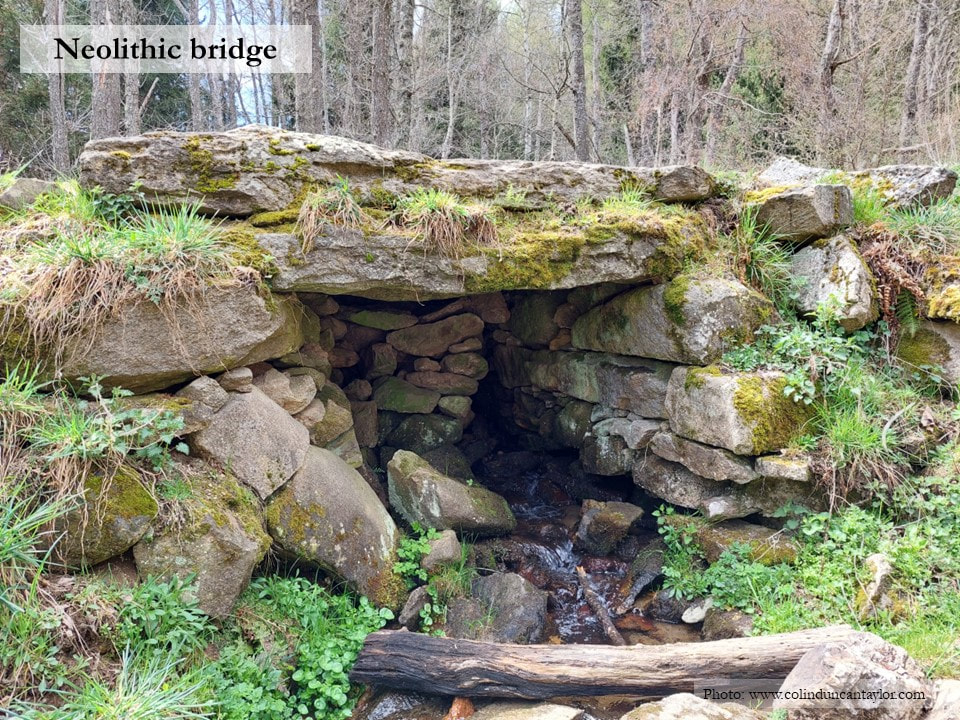
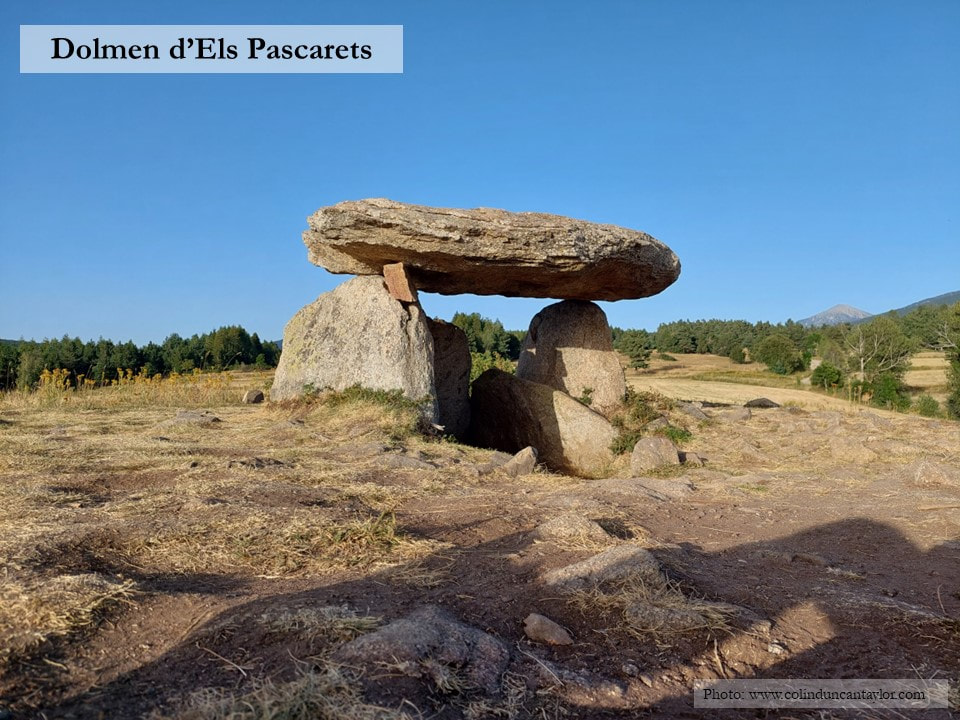
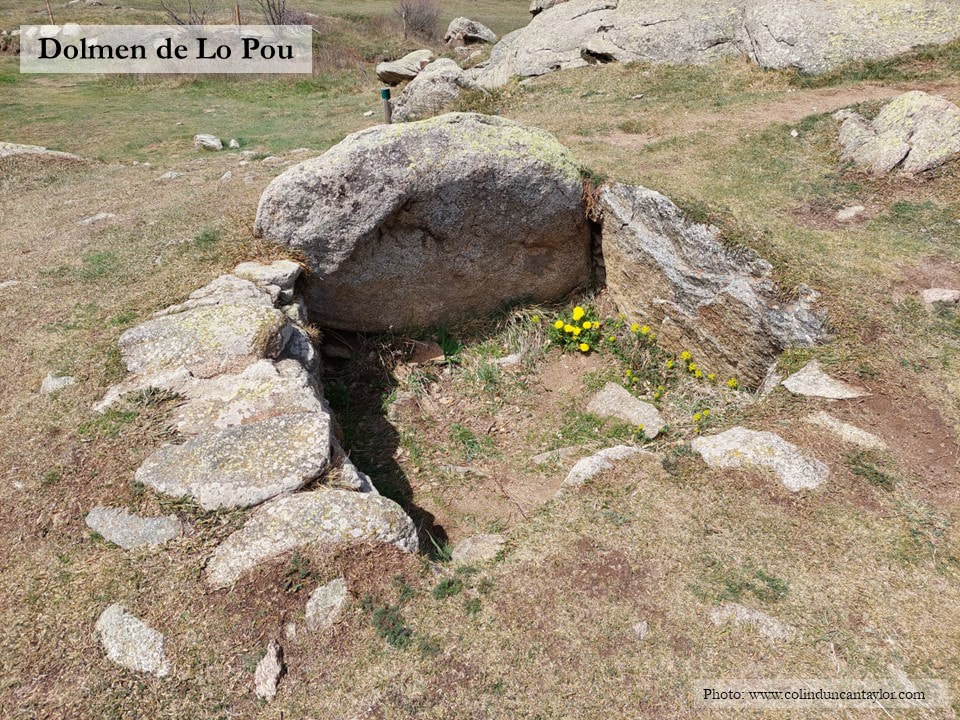

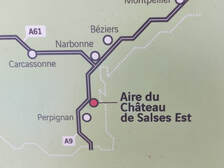
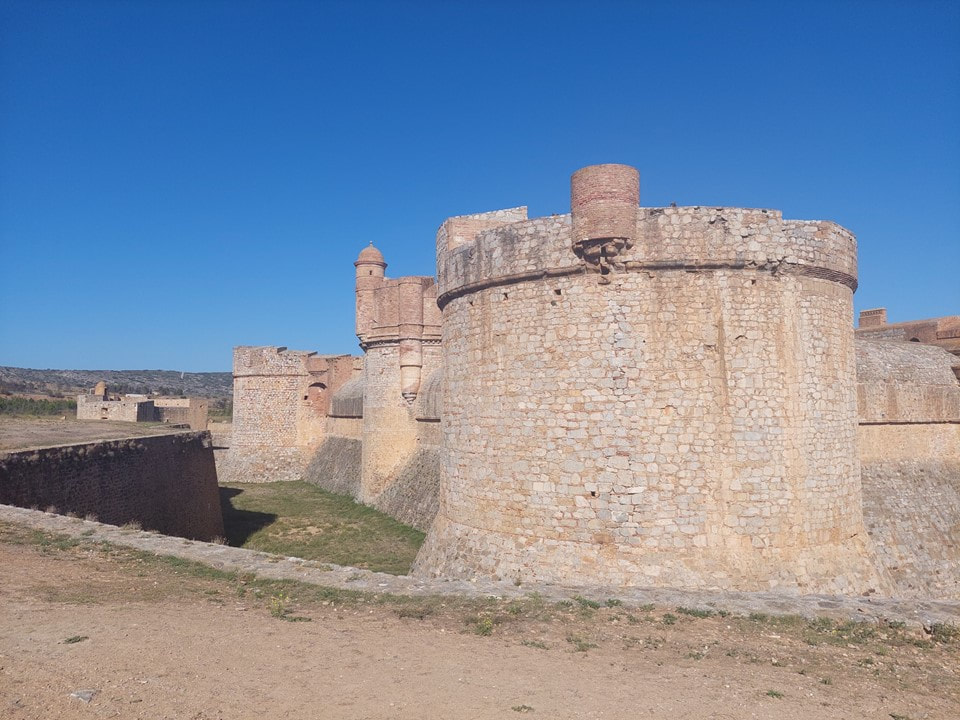
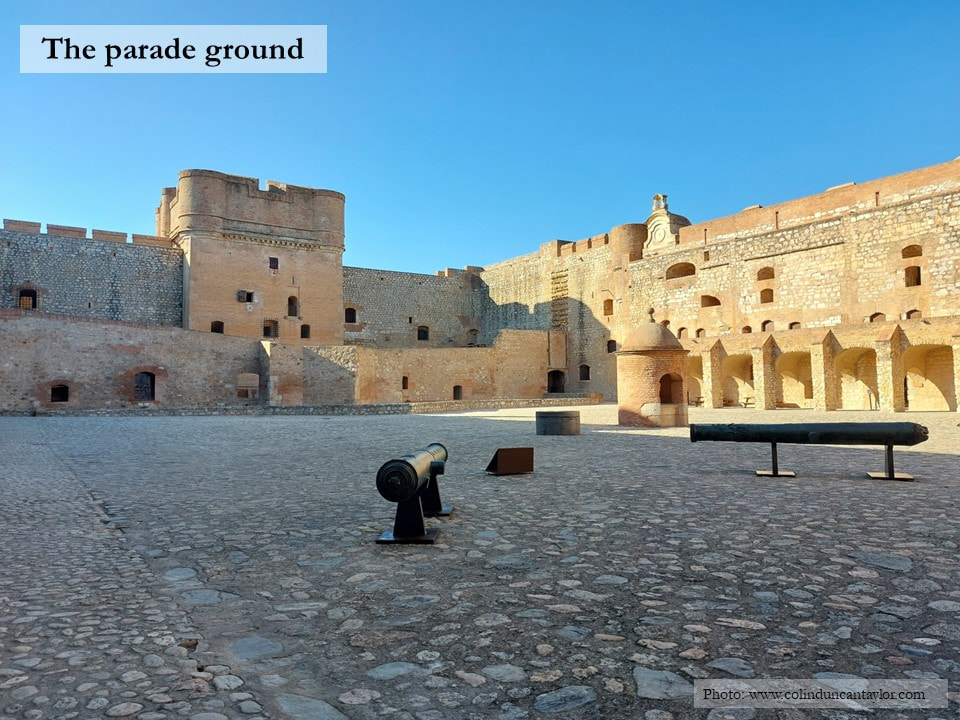
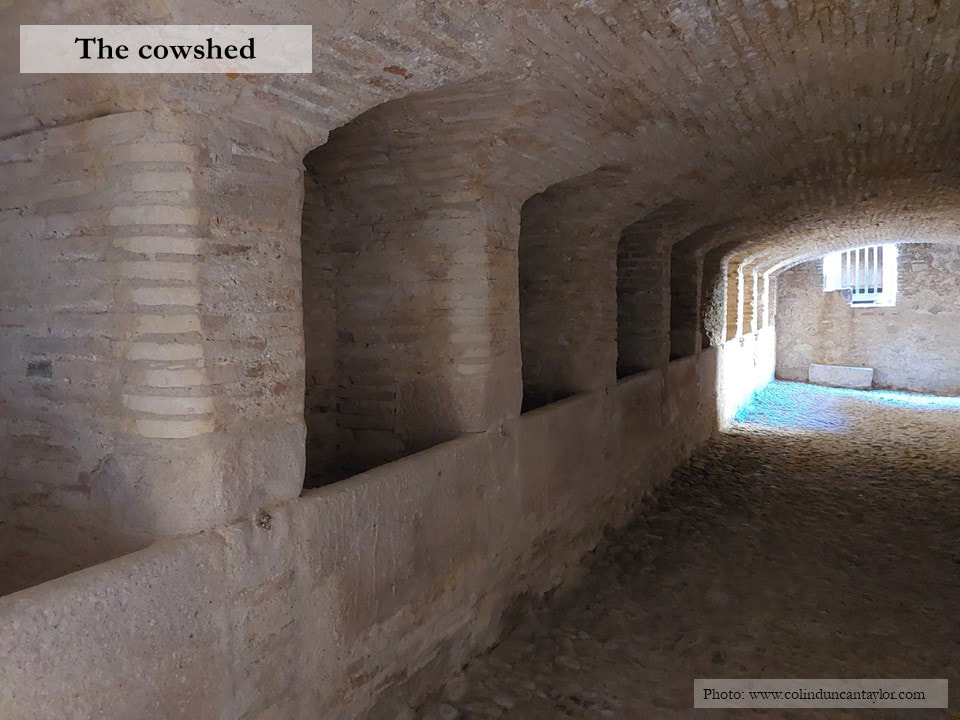
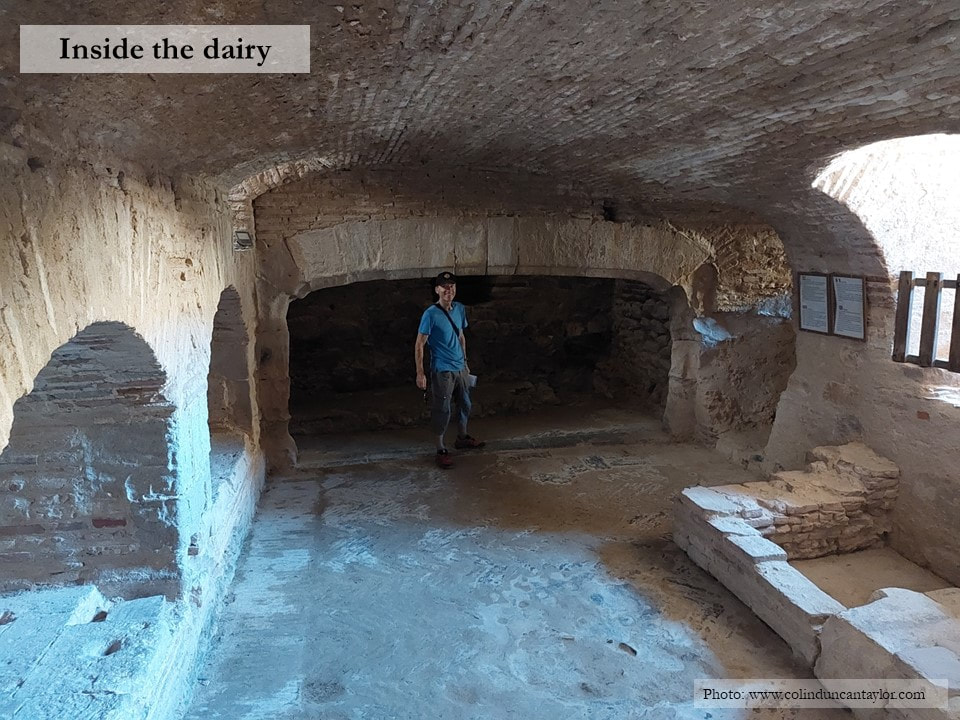
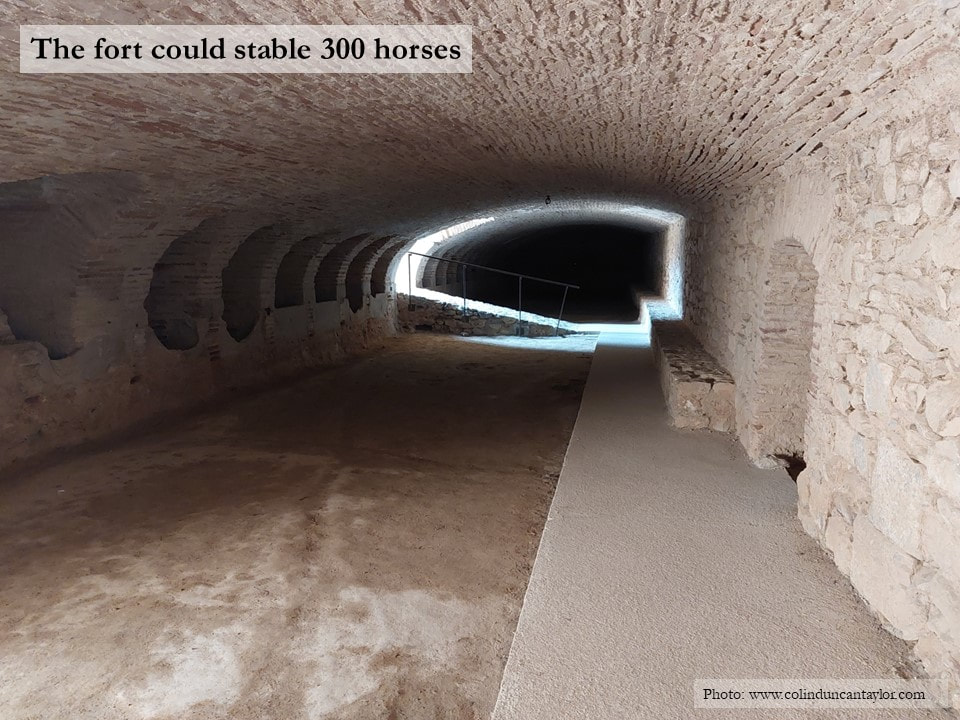
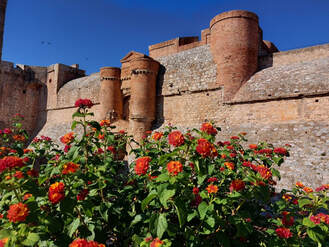
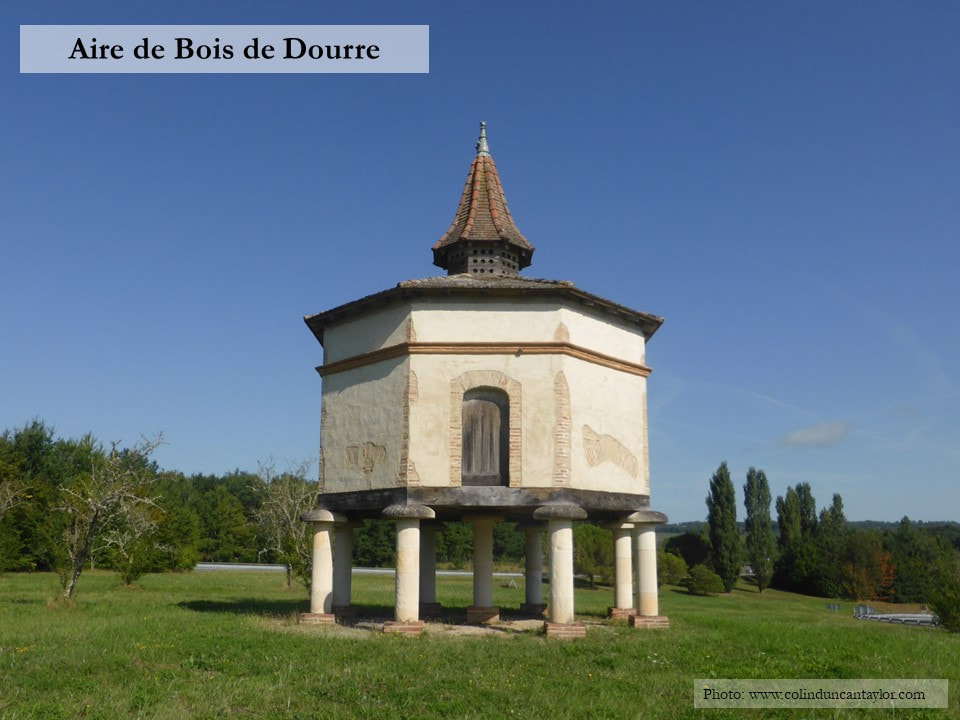
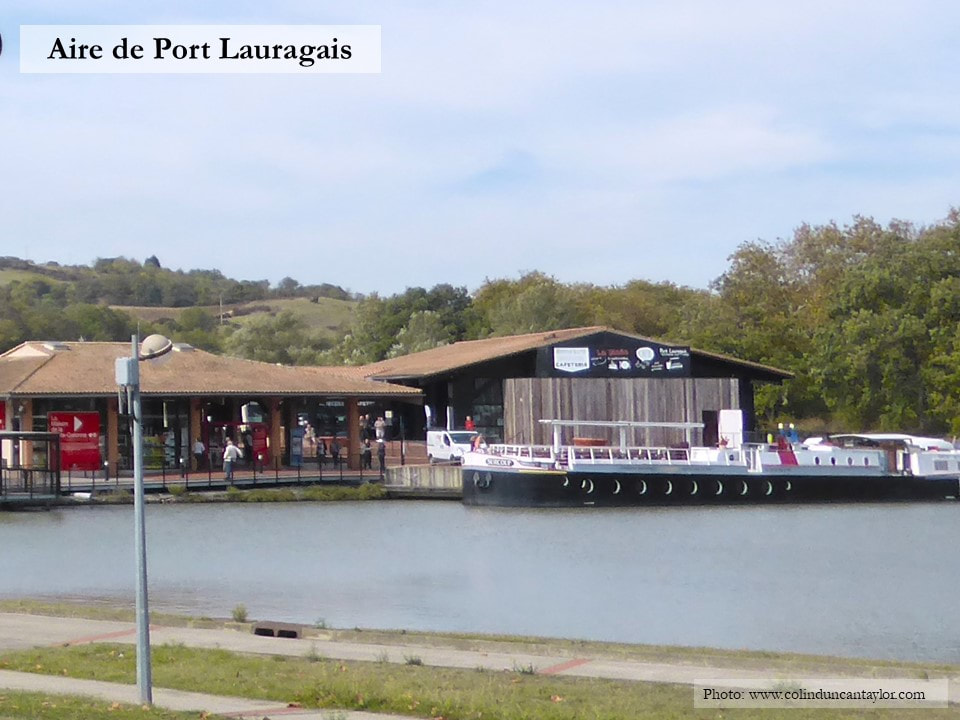

 RSS Feed
RSS Feed
